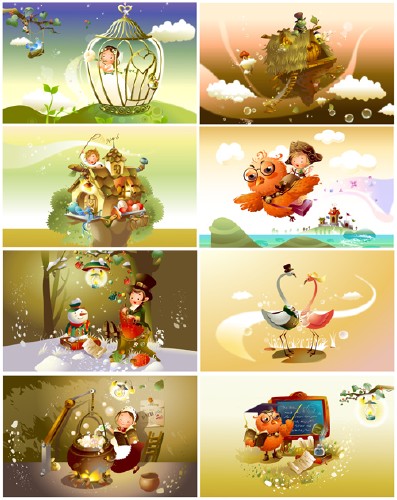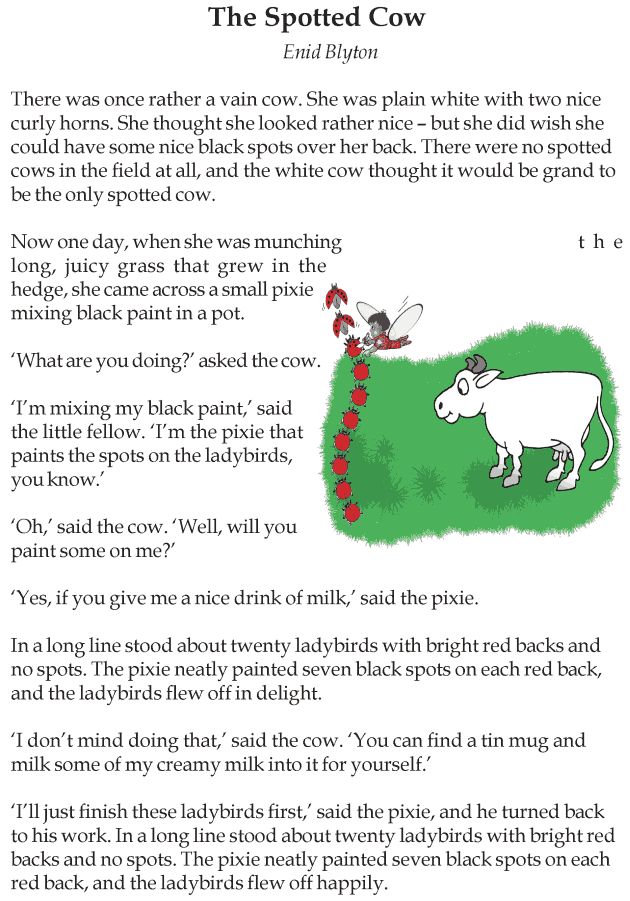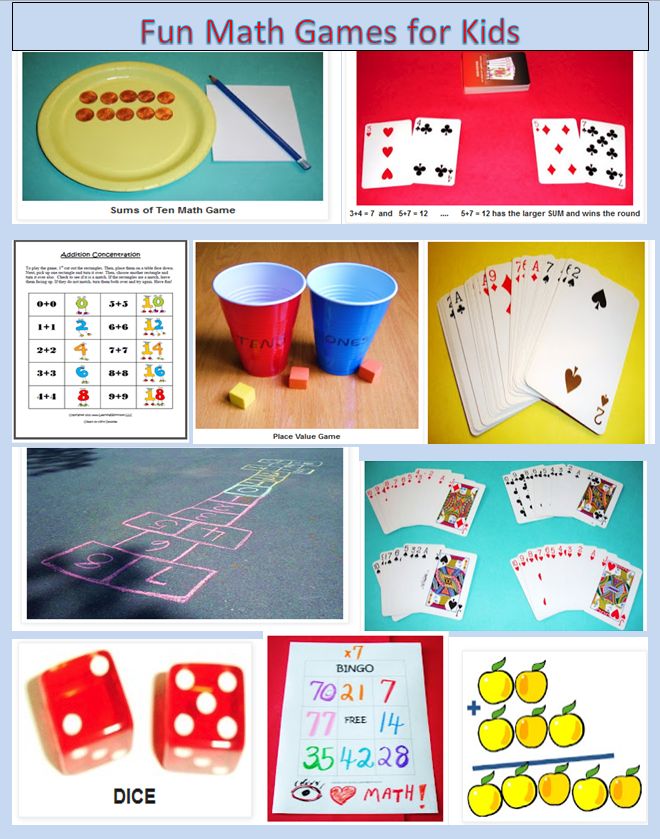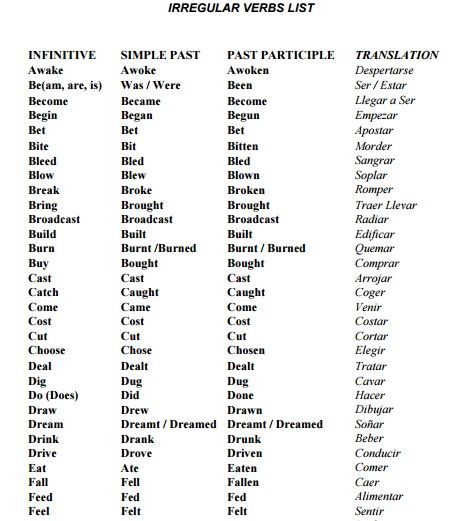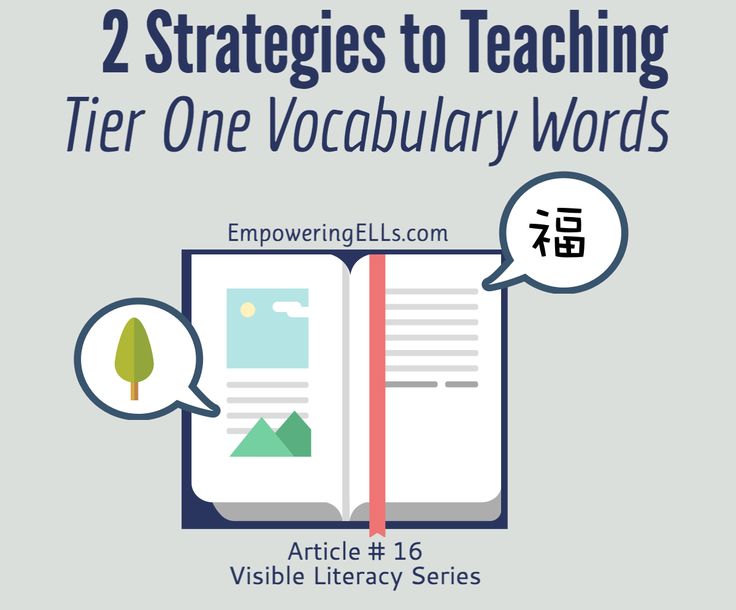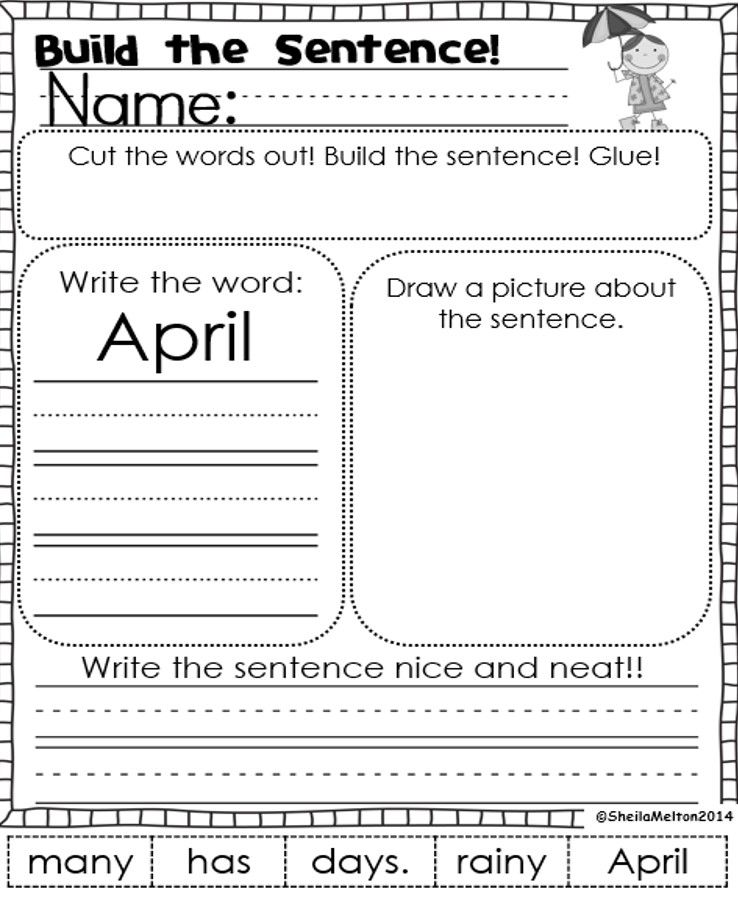Fairy tale themes list
Grimm Tales: The Dark Themes of Classic Fairytales.
Fairytales and folk tales are known for their dark undertones in their stories; many stories involve peril of some kind, and evil to overcome. The stories we see today, however, are a diluted version of the more sinister tales, often written by the Brothers Grimm, they were originally based upon. Sure, we are used to our princesses being poisoned, imprisoned, or enslaved, but perhaps self-mutilation, infanticide, and horrific torture were too much for us. Over the years the stories were edited to suit the social climate; mothers were changed to step-mothers to save the respectability of motherhood, and much of the sex was removed to save everyone’s blushes.
Artist: cbrundage.net
J.R.R. Tolkien had spoken out against fairytales being pigeon-holed as ‘children’s books’ as if this would limit their appeal. Social perceptions of children can be patronising at times, and at this attitude spills on to ‘childish things’ like fantasy, magic, and fairytales.
This gives writers a sensitivity towards having their work described as ‘for children’ when the writer merely wrote a story to be read. Tolkien gave a lecture on fairytales and a strong theme in his talk was that there was ‘no such thing as writing for children.’ Maurice Sendak, author of Where The Wild Things Are, vehemently agrees, saying: “I do not believe that I have ever written a children’s book… I don’t write for children. I write and somebody says, ‘That’s for children!'”
This quote is from Tolkien’s lecture on Fairy Stories in 1939, and included in the appendix of Tales From The Perilous Realm (buy it here: UK or US):
“It is usually assumed that children are the natural or the specially appropriate audience for fairy-stories… Is there any essential connexion between children and fairy-stories? Is there any call for comment, if an adult reads them for himself? The common opinion seems to be that there is a natural connexion between the minds of children and fairy-stories, of the same order as the connexion between children’s bodies and milk. They tend to think of children as a special kind of creature, almost a different race, rather than as normal, if immature, members of a particular family, and of the human family at large.”
They tend to think of children as a special kind of creature, almost a different race, rather than as normal, if immature, members of a particular family, and of the human family at large.”
Like Tolkien, many modern writers believe we shouldn’t underestimate the appeal of fairytales, and their tantalising dark fantasy and magical elements are often quite appealing to both adults and children.
Jack Zipes of the University of Minnesota gave himself the task of translating all 156 original Grimm stories which are now compiled into ‘The Original Folk and Fairy Tales of the Brothers Grimm: The Complete First Edition‘, (buy it here: UK or US). The stories have shown us exactly how dark the tales used to be!
Shaun Tan was inspired by fairy tales and folk art and turned his inspiration into The Singing Bones, a gathering of Tan’s intriguing sculptures and a well-chosen snippet of each tale. Tan took his literary inspiration from the Phillip Pullman edition of the Grimm Brothers’ tales with less gore and horror but all the disturbing intrigue.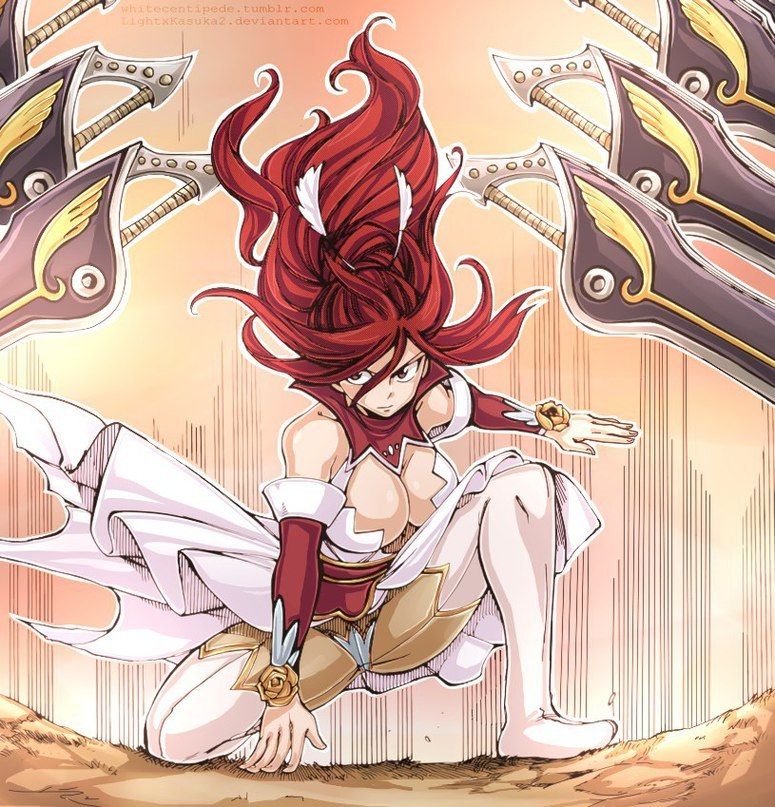 Tan manages to create each story through his sculptures, encapsulating fear, love, or betrayal with fine clay figures, giving an eerie sweetness to the stories.
Tan manages to create each story through his sculptures, encapsulating fear, love, or betrayal with fine clay figures, giving an eerie sweetness to the stories.
Buy The Singing Bones here:
UK
US
The Singing Bone inspired Tan’s book title and was taken from the horrific story about two brothers, a murder, and musical bones. Brotherly rivalry causes the older brother to murder his younger sibling and bury him under a bridge so he was free to marry the king’s daughter himself. The young boy’s bones were discovered by a shepherd and one carved into a flute. The older brother murderous nature was soon discovered as the shepherd played the flute to the king and it confessed the fratricide. A simple tale of jealousy, murder, and gruesome magic!
Hansel and Gretel is a well-known dark tale of child abandonment and cannibalism so it is surprising to find out that the tale had been previously edited to make it more palatable for the people.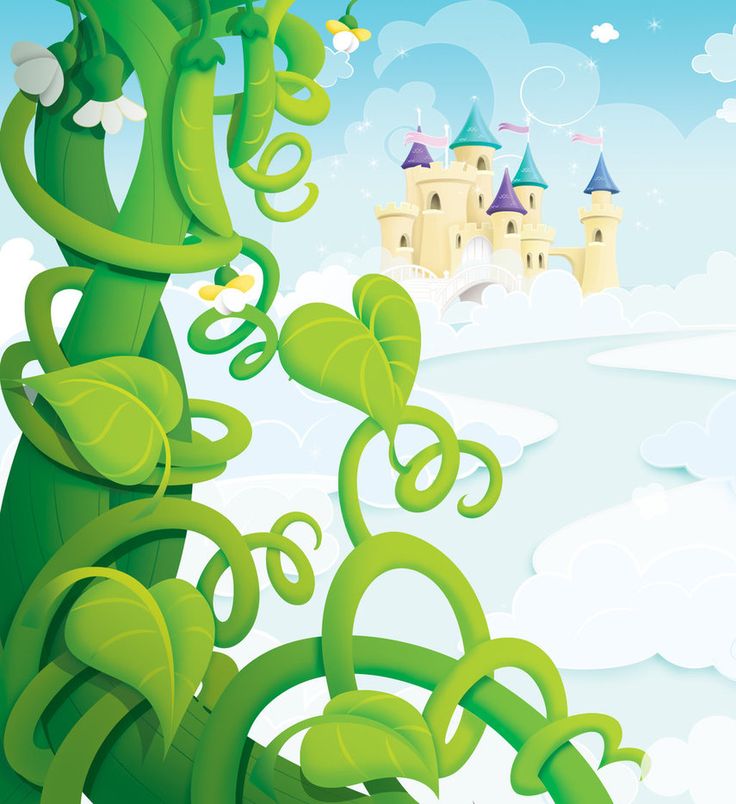 The brothers Grimm had originally written the tale as having the children’s birth mother- not their stepmother- demanding they leave. Many tales were edited to protect the image of the mother; similarly Snow White didn’t have a wicked step mother, as it was originally written as her biological mother who orders her death, but that was soon changed.
The brothers Grimm had originally written the tale as having the children’s birth mother- not their stepmother- demanding they leave. Many tales were edited to protect the image of the mother; similarly Snow White didn’t have a wicked step mother, as it was originally written as her biological mother who orders her death, but that was soon changed.
Snow White was my grandmother’s favourite Disney movie as she adored the sweet Snow White and the merry animals who helped her tidy and clean… Thankfully my grandmother never learned of Snow’s dark past. As we now know it turns out Snow White did not have a wicked stepmother, but in fact had a wicked mother. Snow White’s own mother ordered her death, and demanded her heart and liver as proof of her death, and to eat for dinner the next day. If that wasn’t horrifying enough, Snow White had obviously picked up on some of her mother’s psychotic behaviour, as she forced her mother to wear red hot iron shoes and dance at Snow’s royal wedding.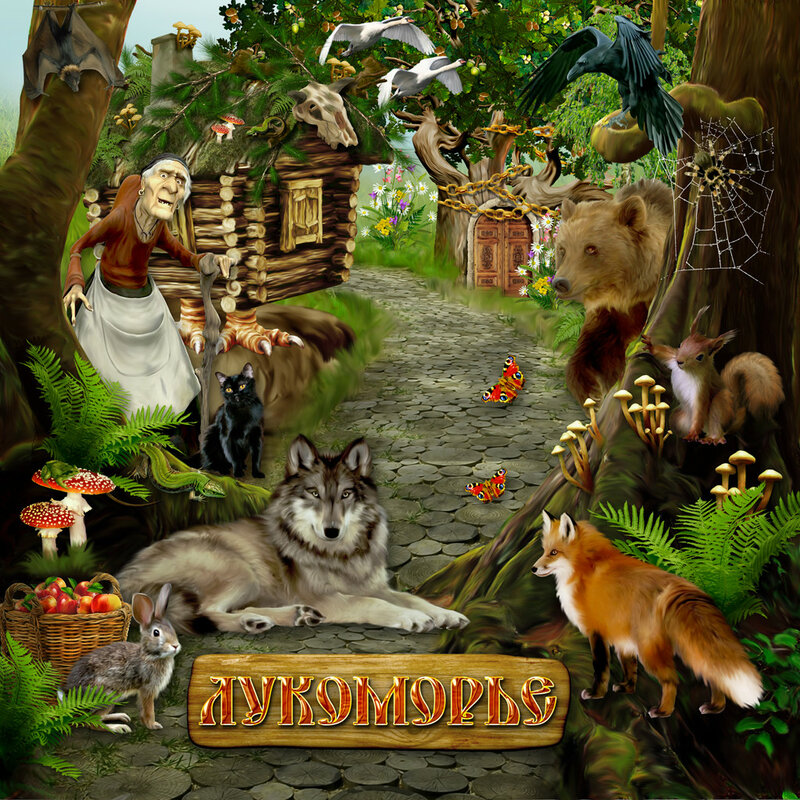 Torturing her evil mother to death for revenge, a sort of epic wedding gift to herself I suppose.
Torturing her evil mother to death for revenge, a sort of epic wedding gift to herself I suppose.
Rapunzel is a classic tale of child imprisonment but did you know it was also a scandalous romp resulting in twin children born out of wedlock?
In Grimm’s original story of Rapunzel, she becomes pregnant during one of the prince’s ‘romantic’ visits, gets a bad case of baby brain, gives her secret away to the wicked witch, and all hell breaks loose. When Rapunzel accidentally let slip that the prince is far easier to haul up the tower, the witch cuts off Rapunzel’s hair and banishes her. The prince arrives for another romantic night in with his lady but finds an evil witch waiting, she pushes him into the thorns where he is left blind. The happy ever after comes when the prince blindly stumbles upon Rapunzel and his children, and his happy tears restore his sight.
Cinderella was one of my favourite Disney tales, however the original version is SO much better. If you have seen Into The Woods by Stephen Sondheim you will know some of the gorier happenings in the classic tale. The tale dates back to 9th century China but the Grimm’s version from the 18th century is what we focus on here. Cinderella’s stepmother is as evil as they come, not just to Cinders but to her own daughters too. In order to fit into the slipper offered by the prince the stepmother orders her daughters to cut off their own toes and slice off parts of their feet. As punishment, Cinderella’s songbird friends peck out the eyes of her stepsisters and stepmother. Fun times!
If you have seen Into The Woods by Stephen Sondheim you will know some of the gorier happenings in the classic tale. The tale dates back to 9th century China but the Grimm’s version from the 18th century is what we focus on here. Cinderella’s stepmother is as evil as they come, not just to Cinders but to her own daughters too. In order to fit into the slipper offered by the prince the stepmother orders her daughters to cut off their own toes and slice off parts of their feet. As punishment, Cinderella’s songbird friends peck out the eyes of her stepsisters and stepmother. Fun times!
We hope you have enjoyed our look into the darker side of fairytales, and have inspired you to delve into some of the books we recommended!
Happy reading!
LiteratureWord of the Day
Nonpareil (adj/noun) non-parel Having no equal, peerless / A person who has no equal. First…
LiteratureNews
The day before school began, teachers and librarians in Texas, USA were told to remove…
LiteratureNews
The perfect job has arrived for Reading Addicts! An email from a research group has…
Rowan Jones
Love6
LiteratureNews
The 'Great Omar', one of the most highly decorated books in the world, has been…
Rowan Jones
Love0
LiteratureNews
A pastor from Tennessee in the USA pastor recently held a book burning targeting books…
Rowan Jones
Love0
LiteratureNews
A cryto-currency company spent £2.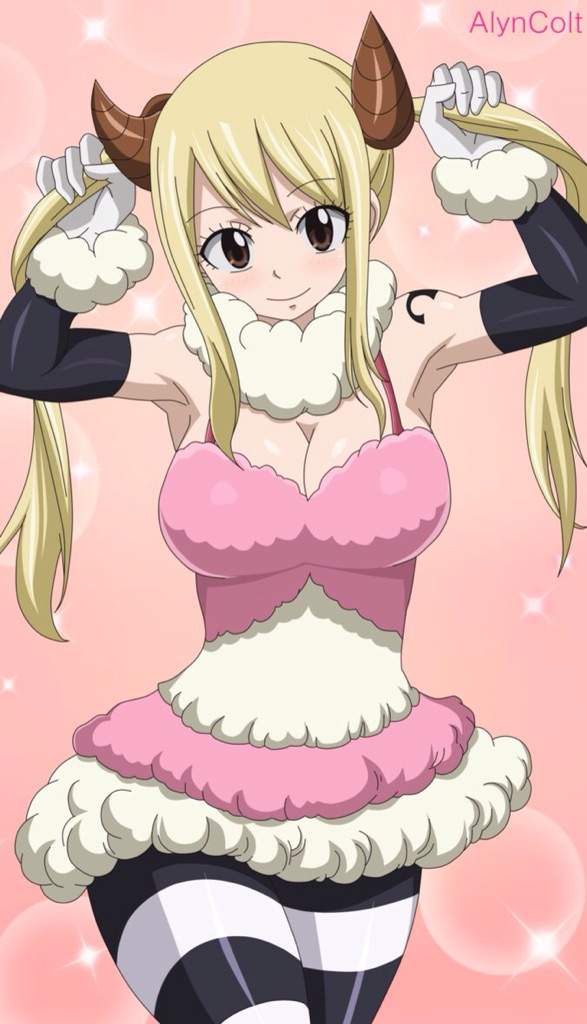 2 million on a book, thinking it included the rights to…
2 million on a book, thinking it included the rights to…
Rowan Jones
Love0
LiteratureNews
A rare edition of William Shakespeare's First Folio is going on display in Canada. The…
Rowan Jones
Love2
LiteratureNews
The FBI have arrested a man accused of stealing unpublished manuscripts by duping authors. Over…
Rowan Jones
Love0
0 Points
Upvote Downvote
Examples of Fairy Tales: 17 Famous Stories to Know
DESCRIPTION
Little Red Riding Hood as Fairy Tale Examples
SOURCE
Tigatelu / iStock / Getty Images Plus
PERMISSION
Used under Getty Images license
What's your favorite fairy tale? These memorable short stories often involve magic and legendary deeds.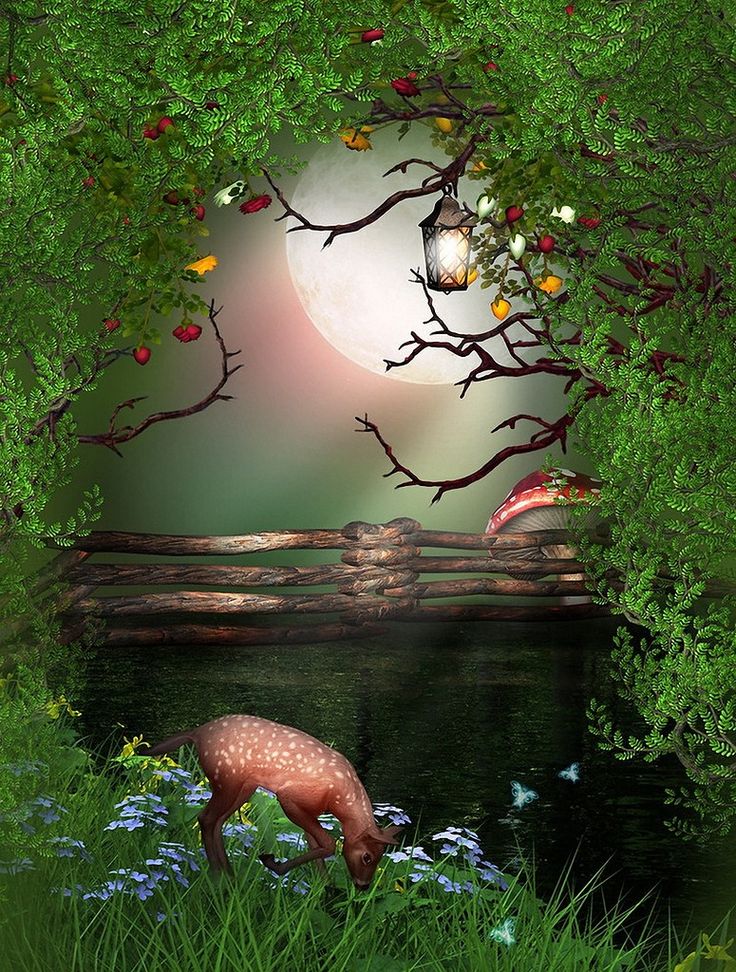 The fantastical characters found in a fairy tale include elves, fairies, witches, and dragons. Fairy tales are traditional stories told and retold through generations that are usually spun from folklore. Many were finally written down and have had lasting fame.
The fantastical characters found in a fairy tale include elves, fairies, witches, and dragons. Fairy tales are traditional stories told and retold through generations that are usually spun from folklore. Many were finally written down and have had lasting fame.
Cinderella
Cinderella grew up with an evil stepmother and stepsisters. They would not let her go to the prince's ball, but her fairy godmother made it happen with magic. Cinderella danced with the prince and they fell in love. Since she had to leave by midnight, she ran and lost one slipper. The prince found the slipper and searched for her. After he found her, they were married and lived happily ever after.
Elves and the Shoemaker
A shoemaker and his wife were very poor. One day they ran out of leather, so they went to bed. In the morning, they found a pair of shoes and a passerby bought them. The next night, another pair of shoes appeared. The third night, they hid and saw two elves making shoes. In gratitude, they made clothes for the elves, as winter was approaching.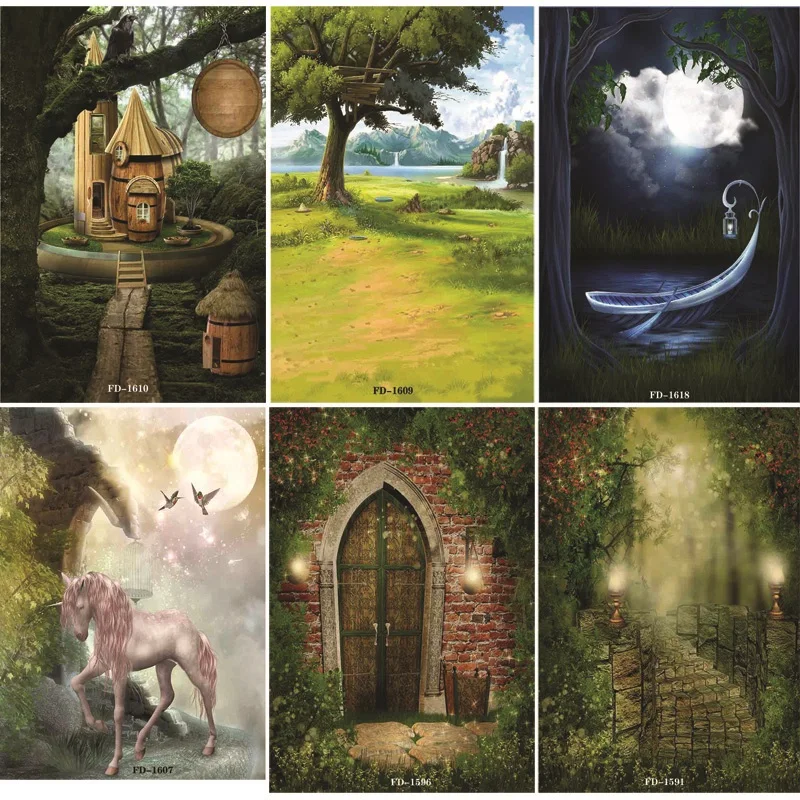 The elves were very happy and went on to help someone else.
The elves were very happy and went on to help someone else.
Emperor's New Clothes
A vain emperor hired two people to make him some new clothes. They tricked him, telling him the cloth was not visible to people unfit for his position or who were very stupid. At first, the people pretended to see the clothes, but a child says that he is not wearing clothes and people start to agree. The emperor realized he was swindled but continues the parade anyway.
Frog Prince
DESCRIPTION
Frog Prince as Fairy Tale Examples
SOURCE
Dualororua / iStock / Getty Images Plus
PERMISSION
Used under Getty Images license
A frog asked a princess why she was crying. She replied that she had dropped her golden ball into the pond. The princess promised anything if he would get it for her. The frog got the ball for her, and asked to eat from her plate, live in the castle, and that she be his friend. She agreed, and the frog turned into a prince as he had been under a spell from a witch.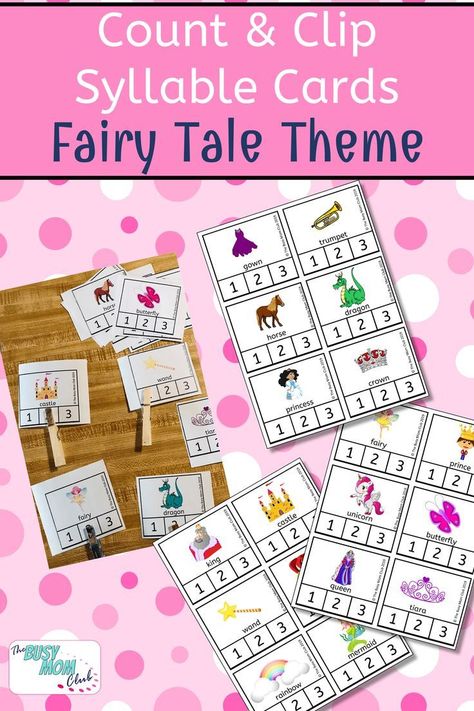 They married and lived happily ever after.
They married and lived happily ever after.
The Gingerbread Man
A little old woman baked a gingerbread man, and when she took him out of the oven, he ran away. The woman, her husband and some of their animals chased him. No one could catch him. He came to a river and a sly fox told him he could jump on his tail and he would take him across. He did and the fox went deeper and the gingerbread man had to jump on his back and then on his nose. When he got to his nose, the fox ate him.
Goldilocks and the Three Bears
Goldilocks saw a cabin in the woods and entered. There, she found three bowls of porridge. One was too cold, one too hot and the other just right, so she ate that one. Goldilocks then found three chairs, one too hard, one too soft, and the little one was just right and she sat in it and broke it. Of the three beds, one was too hard, one too soft and one just right, so she fell asleep. The bears came home and frightened her and she ran away.
Hansel and Gretel
DESCRIPTION
Hansel and Gretel as Fairy Tale Examples
SOURCE
Tigatelu / iStock / Getty Images Plus
PERMISSION
Used under Getty Images license
Hansel and Gretel's wicked stepmother took them into the forest and left them there.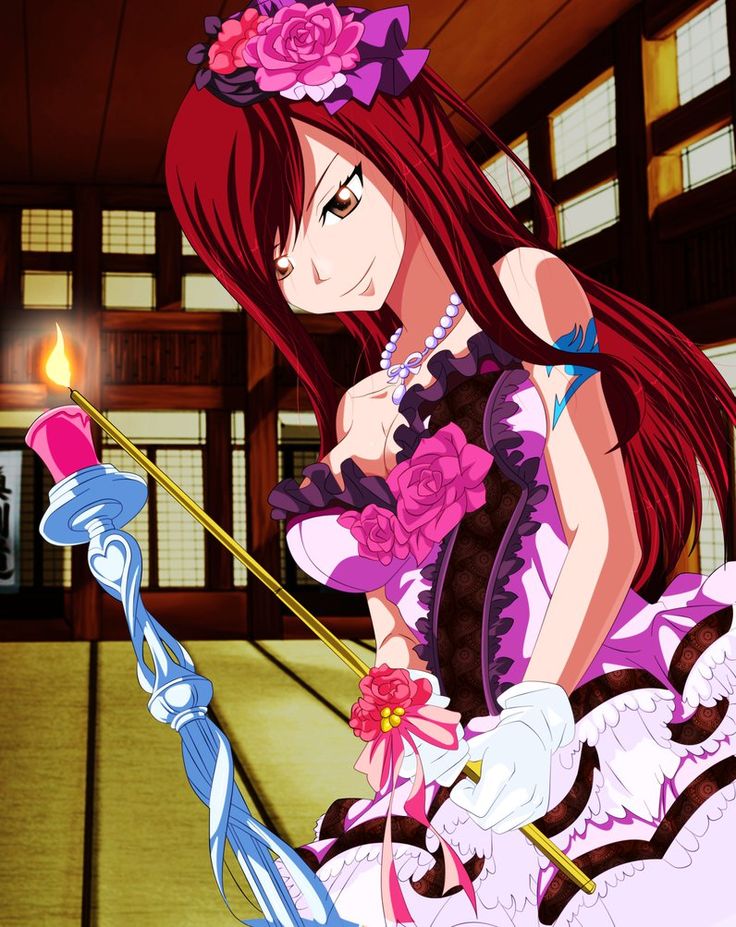 Soon, the children came upon a house made of sweets and they ate some. The evil witch that lived there locked them in a cage and was going to make a soup out of them. Gretel got out of the cage and pushed the witch into the boiling water. The children found treasure at the house. They took it home and they were never hungry again.
Soon, the children came upon a house made of sweets and they ate some. The evil witch that lived there locked them in a cage and was going to make a soup out of them. Gretel got out of the cage and pushed the witch into the boiling water. The children found treasure at the house. They took it home and they were never hungry again.
Jack and the Bean Stalk
Jack took the family cow to sell and traded it for magic beans. His mother was angry and threw the beans out of the window. The next morning a giant beanstalk had grown. Jack climbed the beanstalk and found a giant there who had gold coins. Jack stole them and took them home. Later, Jack returned and saw a hen that laid golden eggs and he stole that, too. The third time he tried to steal a magic harp and the harp cried out. The giant chased Jack down the beanstalk, but Jack chopped it down and the giant fell.
Little Red Riding Hood
Little Red Riding Hood's mother sent her to Grandma's house with a basket of goodies and told her not to talk to strangers.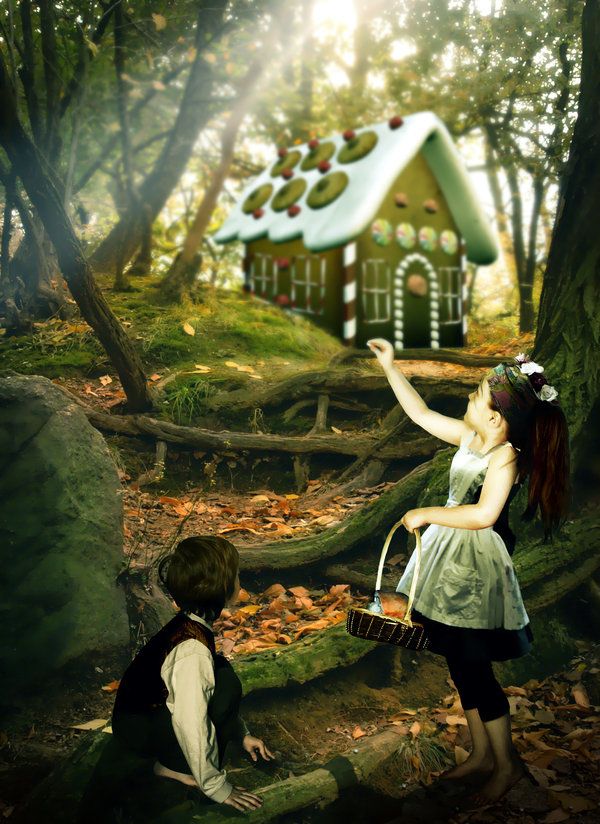 A wolf asked her where she was going and she told him. He went to Grandma's house, locked Grandma in the cupboard and put on her clothes. Little Red Riding Hood was surprised at Grandma's eyes, ears and teeth, remarking on how big they were. The wolf said the teeth were better for eating, and he pounced. She screamed; when some woodcutters heard her cry, they ran in and rescued her.
A wolf asked her where she was going and she told him. He went to Grandma's house, locked Grandma in the cupboard and put on her clothes. Little Red Riding Hood was surprised at Grandma's eyes, ears and teeth, remarking on how big they were. The wolf said the teeth were better for eating, and he pounced. She screamed; when some woodcutters heard her cry, they ran in and rescued her.
The Pied Piper of Hamelin
The town of Hamelin was overrun with rats. The Pied Piper offered to get rid of the rats for 50 pounds, and the mayor agreed. He started playing his pipe. The rats followed him, and he led them into the harbor. He went back for his money, but the mayor only paid 20 pounds. The Pied Piper wanted to teach him a lesson, so he played his pipe and all the children followed him out of town. The mayor sent men to find the children, but they never found them again.
Pinocchio
Geppetto was a poor carpenter who carved a puppet that became alive. He named him Pinocchio and sent him to school.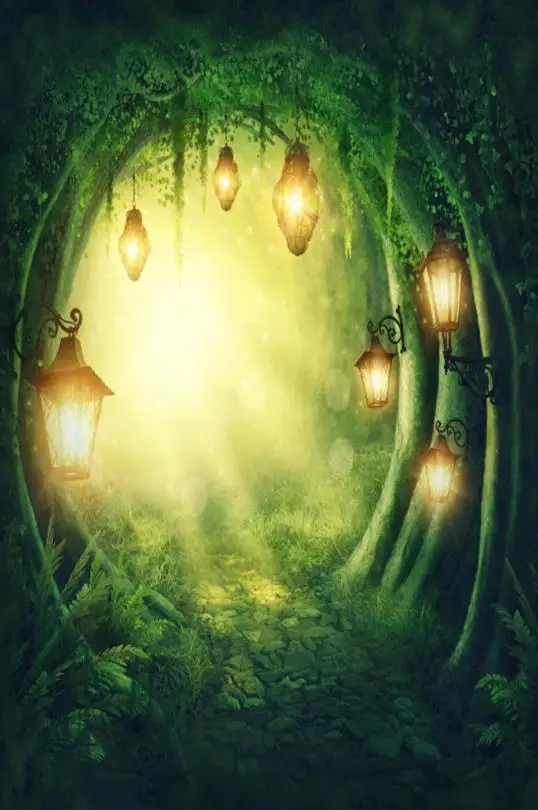 One day Pinocchio joined a puppet show, but the puppet master wanted him for firewood. He begged to be spared and told him about his poor father. He was spared, and the puppet master gave him five gold coins for his father. Pinocchio learned how to be honest and tell the truth and eventually became a real boy.
One day Pinocchio joined a puppet show, but the puppet master wanted him for firewood. He begged to be spared and told him about his poor father. He was spared, and the puppet master gave him five gold coins for his father. Pinocchio learned how to be honest and tell the truth and eventually became a real boy.
Princess and the Pea
A prince wanted to make sure he married a real princess. He devised a test for an unexpected guest who claimed she was a princess. He placed a pea beneath 20 mattresses and 20 feather beds, believing that only a princess could be sensitive enough to feel the small pea. The next morning, the princess said she did not sleep because of something hard in her bed. The two were married and lived happily ever after.
Sleeping Beauty
A princess was born, and an old fairy placed a spell that she would prick her finger on a spindle when she was 16 and die. The good fairies made another spell so that she would only sleep for 100 years and a prince would awaken her.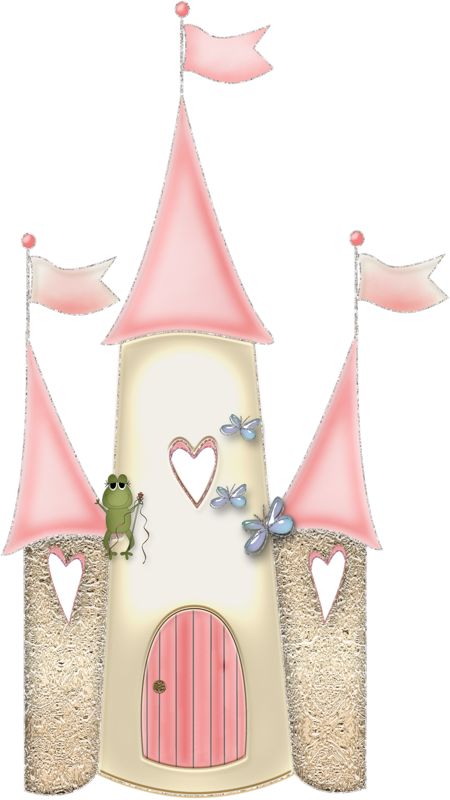 When she was 16, the witch, disguised as an old lady, showed her a spinning wheel, and the princess touched the spindle and fell asleep. The good fairies decided to make everyone sleep. After 100 years, a prince from another land found her and kissed her. Everyone awoke, they married and lived happily ever after.
When she was 16, the witch, disguised as an old lady, showed her a spinning wheel, and the princess touched the spindle and fell asleep. The good fairies decided to make everyone sleep. After 100 years, a prince from another land found her and kissed her. Everyone awoke, they married and lived happily ever after.
Snow White and the Seven Dwarfs
Snow White's evil stepmother wanted to be the fairest in the land and was jealous of Snow White's beauty. The stepmother ordered a huntsman to kill Snow White, but the huntsman spared her life. Snow White came upon a cottage that belonged to seven dwarfs, who let her stay. Soon the wicked stepmother found her, disguised herself and took her a poison apple. Snow White fell into a deep sleep, and the dwarfs made a crystal coffin for her. Prince Charming came by the cottage, saw her, kissed her, and she awoke. They were married and lived happily ever after.
Three Little Pigs
DESCRIPTION
Three Little Pigs as Fairy Tale Examples
SOURCE
Tigatelu / iStock / Getty Images Plus
PERMISSION
Used under Getty Images license
Three pigs set out to build their own houses.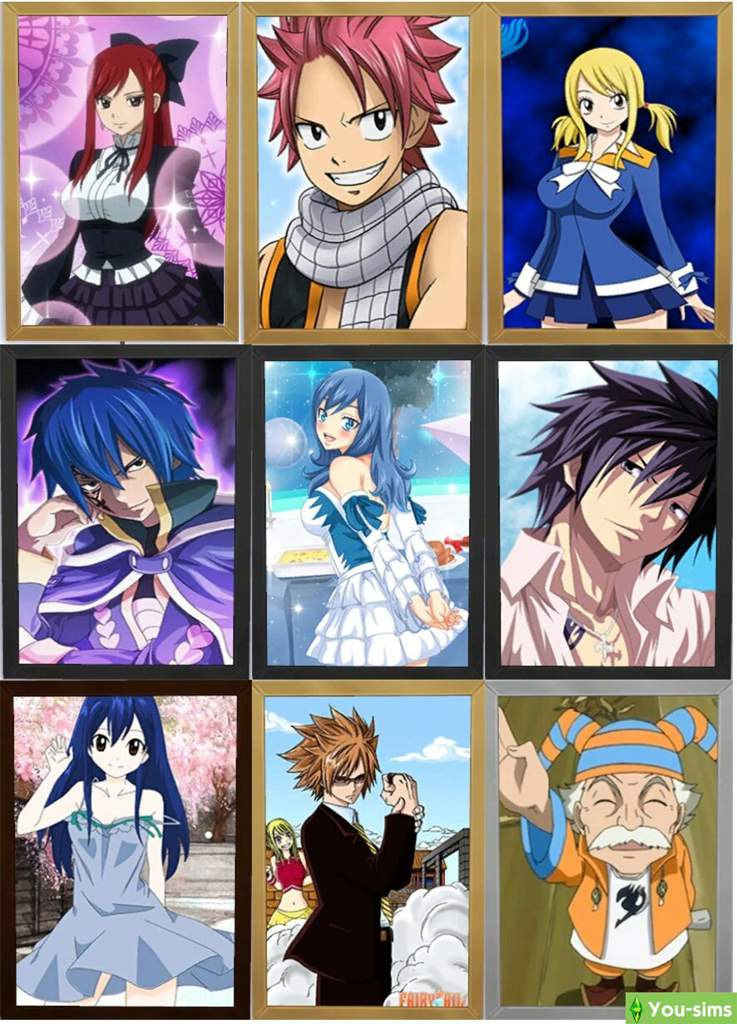 One pig built a house of straw and the second a house of sticks because they were lazy. The third took the time to build a strong house with bricks. When the big bad wolf came, he huffed and puffed and blew the straw and stick houses down. He couldn't blow down the brick house, and the pigs put a pot of boiling water in the fireplace. The wolf fell into it and died.
One pig built a house of straw and the second a house of sticks because they were lazy. The third took the time to build a strong house with bricks. When the big bad wolf came, he huffed and puffed and blew the straw and stick houses down. He couldn't blow down the brick house, and the pigs put a pot of boiling water in the fireplace. The wolf fell into it and died.
Thumbelina
A woman wished for a baby, even a tiny one. A fairy granted her wish and gave her a seed to plant. When it bloomed, a tiny baby was inside. A toad fell in love with the baby and kidnapped her. A swallow rescued the baby and took her away to warmer lands. There, Thumbelina found another tiny person just like her. He asked her to marry him and she became queen of the flowers.
Ugly Duckling
One duckling did not look like his brothers and sisters, and he was sad. He decided to run away. When he came across a cottage, he stayed there for a while but the children scared him. The duckling left and spent the winter in the pond.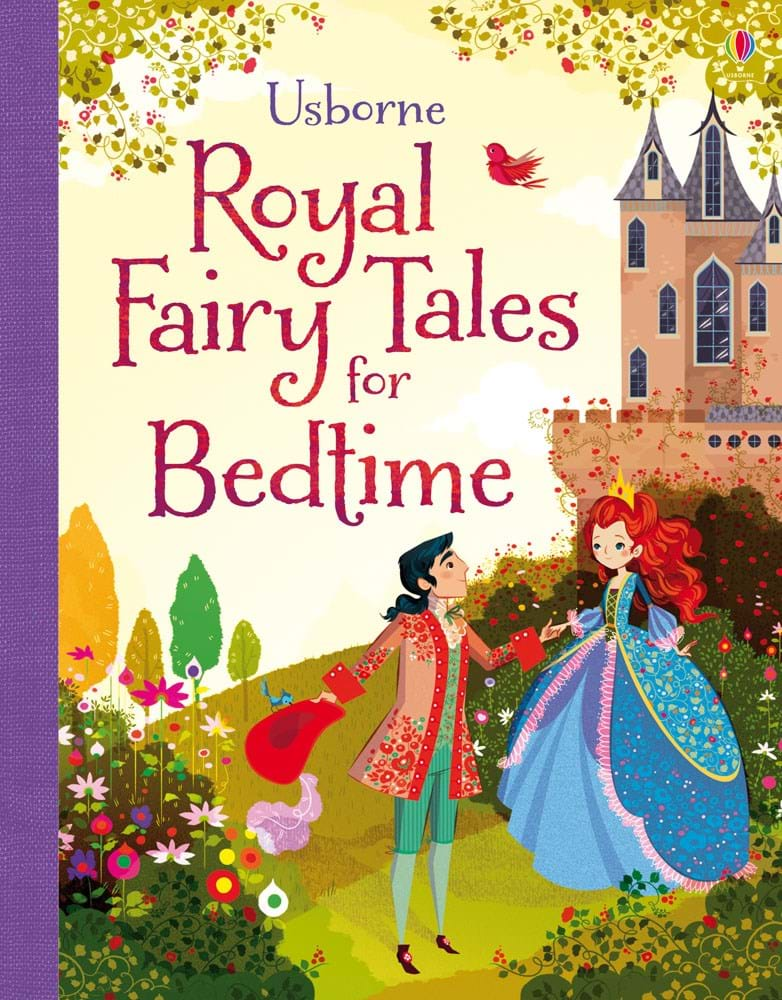 In the spring, he saw his reflection and realized he was a swan.
In the spring, he saw his reflection and realized he was a swan.
Importance of Fairy Tales
Themes and plots of folk tales. Types of fairy tales
Fairy tales are different:
Told and untold…
To begin with, I will give you the most famous classification of fairy tales.
So, there are fairy tales: folk and. Folk - these are those who do not have a specific author, the tale was passed on from mouth to mouth among the people and no one will say who it was originally written by. An author's story is a fairy tale that has a specific author. For example, "Black Hen or Underground Dwellers" is copyrighted because its author is known. This is Anthony Pogorelsky.
Next classification is not about authorship, but about the content of fairy tales. According to this characteristic, fairy tales are divided into:
1. Tales about animals;
2. Magic;
3. Social and domestic (satirical-everyday).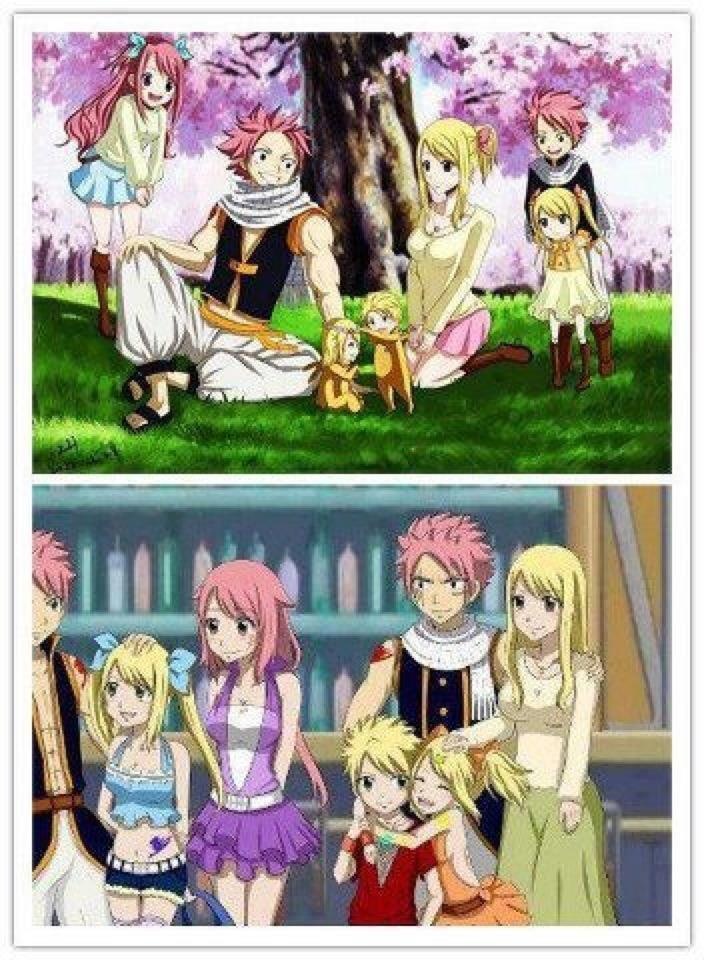
Fairy tales about animals
These are the same fairy tales that should be read very first (up to 5-6 years old). They involve permanent characters (, wolf, fox, etc.). Basically, constant signs of animals are indicated (the fox is cunning, the bear is strong, the cat is smart, the hare is timid, etc.). Of these tales, copulative ones stand out - selected according to the principle of plot connection (“Turnip”, “Kolobok”, “Teremok”). Many of them have a childish linguistic connotation (a mouse-norushka, a cat with a little white tummy).
Fairy tales
They involve romantic heroes who embody the best qualities of a person. Mandatory for this fairy tale: the image of a good hero + helpers +. The main thing in such fairy tales: the struggle for love, for truth, for good. They are characterized by a rich language, colored definitions, negative characters - fantastic (Baba Yaga, Goblin, Kikimora, Serpent Gorynych). As for the structure of fairy tales, fairy tales are obligatory here (once upon a time), the middle (the morning is wiser than the evening, how long is it short) and the ending (and I was there, I drank honey and beer).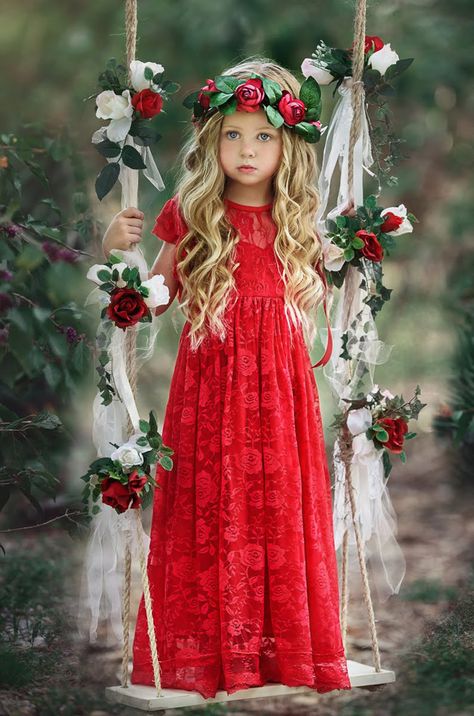
Social fairy tales
They depict real life, social content, ridicule negative human qualities. High moral qualities do not belong to the rich and people of high rank, but to representatives of the people (soldier, old man). It is not strength that wins, but intelligence and skill. Sharp negative characteristics are given to the master, the priest, the king and others. Such fairy tales appeared when there was a desire to change the social system, and they expressed the democratic mood of the people (the author). In social fairy tales, puns, humor, shifters, laughter, and satire are widely used.
In addition to all of the above, other types of fairy tales appear: personalized - about a specific person who is not invented by the author, but actually exists. Therapeutic - which help to correct the behavior, habits of children (for example, weaning nail biting).
It is possible that there are other types of fairy tales, but I know only these.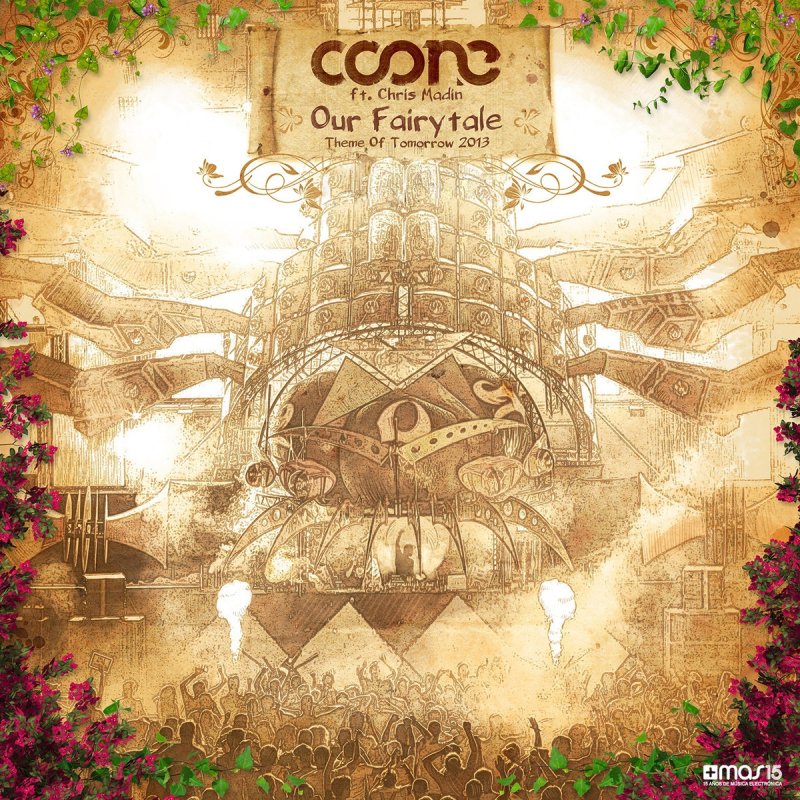 If you know more about fairy tales, please add to this list in the comments.
If you know more about fairy tales, please add to this list in the comments.
In order not to miss anything that happens and is published on the blog, subscribe. And don't forget to leave your comment below 😉 I appreciate your opinion!
And my gratitude will remain with you!
Funny and sad, scary and funny, they are familiar to us since childhood. Our first ideas about the world, good and evil, about justice are connected with them.
Both children and adults love fairy tales. They inspire writers and poets, composers and artists. Based on fairy tales, performances and films are staged, operas and ballets are created. Fairy tales have come to us from ancient times. They were told by poor wanderers, tailors, retired soldiers.
Fairy tale - one of the main types of oral folk art. Artistic narrative of a fantastic, adventure or everyday nature.
Folk tales are divided into three groups:
Tales about animals - the most ancient kind of fairy tale. They have their own circle of heroes. Animals talk and act like people. The fox is always cunning, the wolf is stupid and greedy, the hare is cowardly.
They have their own circle of heroes. Animals talk and act like people. The fox is always cunning, the wolf is stupid and greedy, the hare is cowardly.
Everyday fairy tales - the heroes of these fairy tales - a peasant, a soldier, a shoemaker - live in the real world and usually fight with a gentleman, priest, general. They win thanks to resourcefulness, intelligence and courage.
Fairy tales - heroes of fairy tales fight to the death, defeat enemies, save friends, facing evil spirits. Most of these tales are connected with the search for a bride or a kidnapped wife.
Fairy tale composition:
1. Start. (“In a certain kingdom, in a certain state they lived, they were ...”).
2. Main body.
3. Ending. (“They began to live - to live and make good” or “They arranged a feast for the whole world ...”).
Heroes of fairy tales:
Favorite hero of Russian fairy tales - Ivan Tsarevich, Ivan the Fool, Ivan the peasant's son.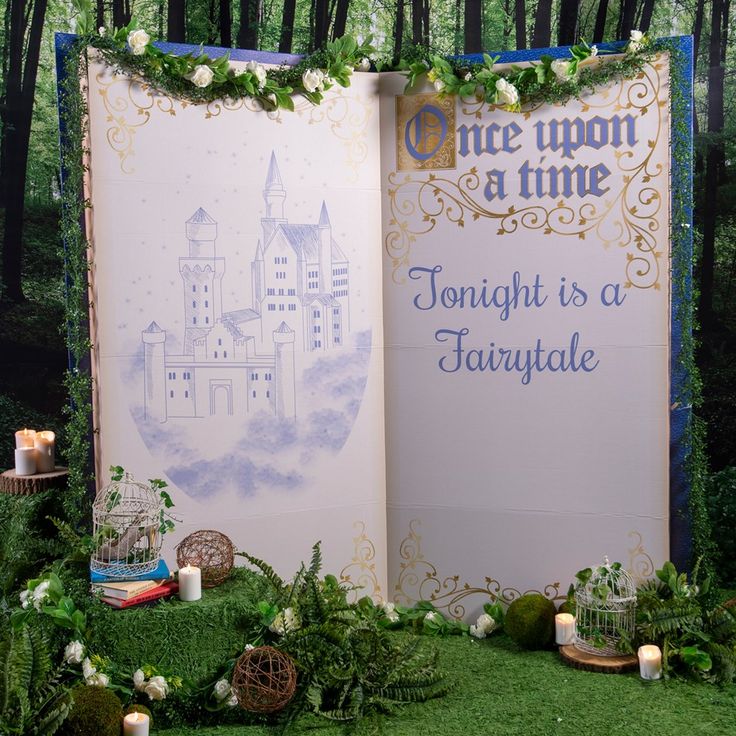 This is a fearless, kind and noble hero who defeats all enemies, helps the weak and wins happiness for himself.
This is a fearless, kind and noble hero who defeats all enemies, helps the weak and wins happiness for himself.
An important place in Russian fairy tales is given to women - beautiful, kind, intelligent and hardworking. These are Vasilisa the Wise, Elena the Beautiful, Marya Morevna or Sineglazka.
The embodiment of evil in Russian fairy tales is most often Koschey the Immortal, the Serpent Gorynych and Baba Yaga.
Baba Yaga is one of the most ancient characters in Russian fairy tales. This is a terrible and evil old woman. She lives in the forest in a hut on chicken legs, rides in a mortar. Most often, it harms the heroes, but sometimes it helps.
Serpent Gorynych - a fire-breathing monster with several heads, flying high above the ground - is also a very famous character in Russian folklore. When the Serpent appears, the sun goes out, a storm rises, lightning flashes, the earth trembles.
Features of Russian folk tales:
Russian fairy tales often contain repeated definitions: good horse; grey Wolf; red girl; good fellow, as well as combinations of words: a feast for the whole world; go wherever your eyes look; hung his wild head; neither in a fairy tale to tell, nor to describe with a pen; soon a fairy tale is told, but not soon the deed is done; how long, how short. ..
..
Often in Russian fairy tales the definition is placed after the word being defined, which creates a special melodiousness: my dear sons; the sun is red; written beauty ...
Brief and truncated forms of adjectives are characteristic of Russian fairy tales: the sun is red; hung his wild head; - and verbs: seize instead of grab, go instead of go.
The language of fairy tales is characterized by the use of nouns and adjectives with various suffixes, which give them a diminutive - petting meaning: little, little brother, rooster-ok, sun-yshk-o ... All this makes the presentation smooth, melodious , emotional. Various amplifying-excretory particles also serve the same purpose: that, that's what, ka ... (That's a miracle! I'll go to the right. What a miracle!)
Since ancient times, fairy tales have been close and understandable to ordinary people. Fantasy intertwined with reality. Living in need, people dreamed of flying carpets, palaces, self-assembled tablecloths.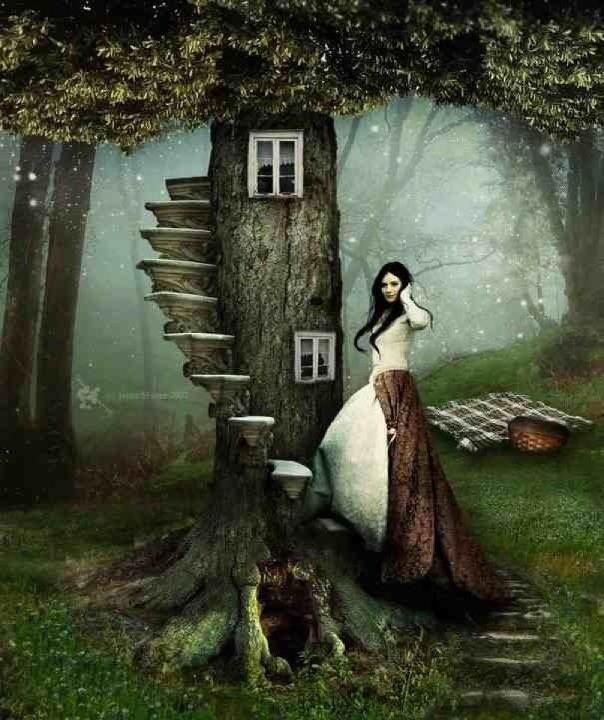 And always in Russian fairy tales justice triumphed, and good triumphed over evil. It is no coincidence that A. S. Pushkin wrote: “What a charm these fairy tales are! Each is a poem!
And always in Russian fairy tales justice triumphed, and good triumphed over evil. It is no coincidence that A. S. Pushkin wrote: “What a charm these fairy tales are! Each is a poem!
There are two types of fairy tales: author's and folk. The name itself speaks for itself. Author's fairy tales are works written by one specific person. As a rule, he is the creator and parent whose name is advertised in the book.
Folk tales are passed down from generation to generation, by word of mouth. There is no one specific writer, everyone adds his own. As a result, with each retelling, new actions appear, and then the fairy tale sounds already in a new way.
From century to century, from generation to generation, stories are passed down where the ancestors teach and pass on their wisdom, their instructions and vast experience.
The common feature of the two species is the deepest meaning between the lines. For a child, a fairy tale is a fun and interesting story; for an adult, a text that carries moral and ethical implications.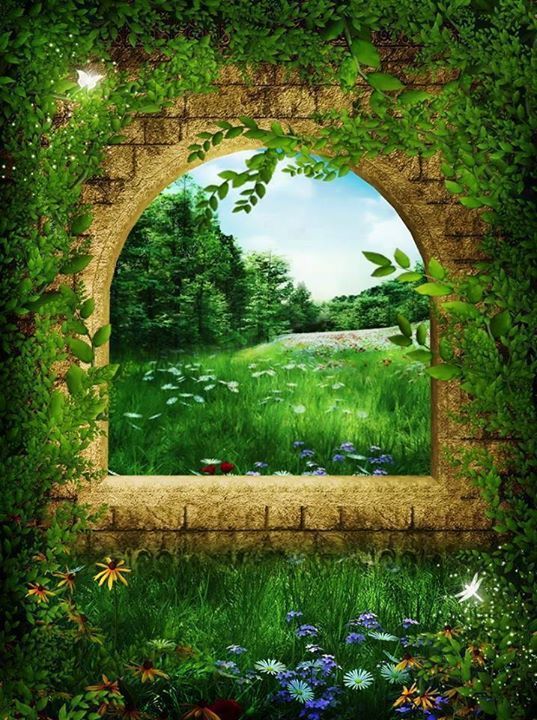
Types of fairy tales by content
- fairy tales
- about animals
- household
Fairy tales
Magic is inherent in almost every fairy tale. It is it that conquers evil, helps the heroes to cope with difficulties. Thanks to such stories, many children from an early age believe in miracles and magic. The author plunges into a fantasy world, where with the help of magical objects or actions, any desire becomes a reality. The purpose of such narratives is to convey to the reader that faith in miracles must always be. Miracles can strike at the most unexpected moment. It is them that the main character lacks in order to achieve the goal.
Most read fairy tales:
- The Frog Princess
- Koschei the Deathless
- Morozko
- Emelya
Animal tales
In this form, the role of a person is replaced by animals, not only domestic ones, but also forest and wild ones. Fish, birds, insects, all living creatures are involved, each has a special role.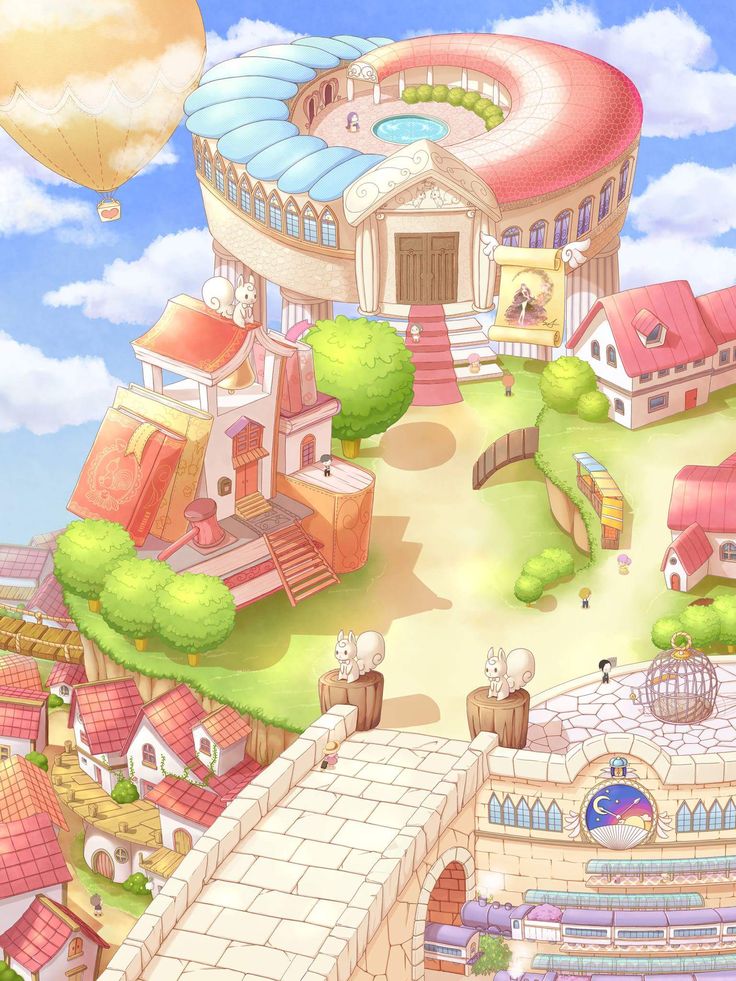 Even natural phenomena get, if not the main thing, then a secondary significance. Both animals have their own character and principle of behavior. We were told that the hare is a coward - he is afraid of everything and everyone. The fox is cunning and greedy. Bear - everyone is afraid, but by design, he is one of the intelligent animals. The wolf at first glance is toothy and predatory. In fairy tales, it is often found where he turns out to be a coward and a compassionate animal. In all actions, these heroes perform similar roles. It is stories about animals that inspire readers with how they should be presented.
Even natural phenomena get, if not the main thing, then a secondary significance. Both animals have their own character and principle of behavior. We were told that the hare is a coward - he is afraid of everything and everyone. The fox is cunning and greedy. Bear - everyone is afraid, but by design, he is one of the intelligent animals. The wolf at first glance is toothy and predatory. In fairy tales, it is often found where he turns out to be a coward and a compassionate animal. In all actions, these heroes perform similar roles. It is stories about animals that inspire readers with how they should be presented.
The most popular animal tales are:
- Teremok
- Kolobok
- Turnip
In turn, the stories about our smaller brothers are divided into two subgroups: in some, animals play a secondary role - By command of the pike. In others, their importance is equal to the human one - Dobrynya Nikitich and Serpent Gorynych.
Everyday fairy tales
Works of this nature show that you shouldn't expect miracles, you have to do everything yourself.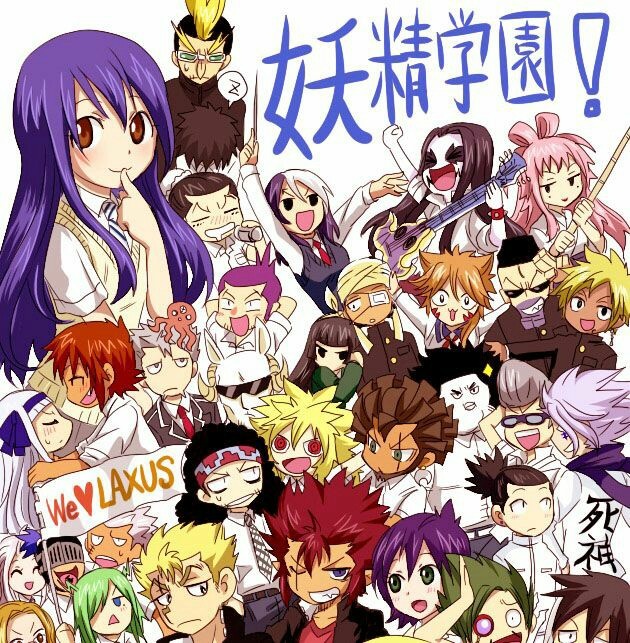 Only a hardworking, fair and prudent person can achieve everything in life. They show the inherent life of each person. Emphasize negative traits, ridicule and serve a necessary lesson. In these works, the main thing is not a mighty force, but intelligence and morality. In these tales, stingy and greedy people will always be taught a lesson by the wise and noble.
Only a hardworking, fair and prudent person can achieve everything in life. They show the inherent life of each person. Emphasize negative traits, ridicule and serve a necessary lesson. In these works, the main thing is not a mighty force, but intelligence and morality. In these tales, stingy and greedy people will always be taught a lesson by the wise and noble.
These include:
- Ax porridge
- The tale of the priest and his worker Balda
- Magic pipe
Whatever fairy tales are, children of all ages love them very much. After all, they are the lesson in everyday life. They learn from the mistakes of the characters and imitate the main characters. Fairy tales are especially important for young children. She subconsciously gives lessons in different situations. Shows that defending one's own opinion is important. Also, relations with different nationalities and races should not be an obstacle in communication. Appropriate treatment for adults and the elderly.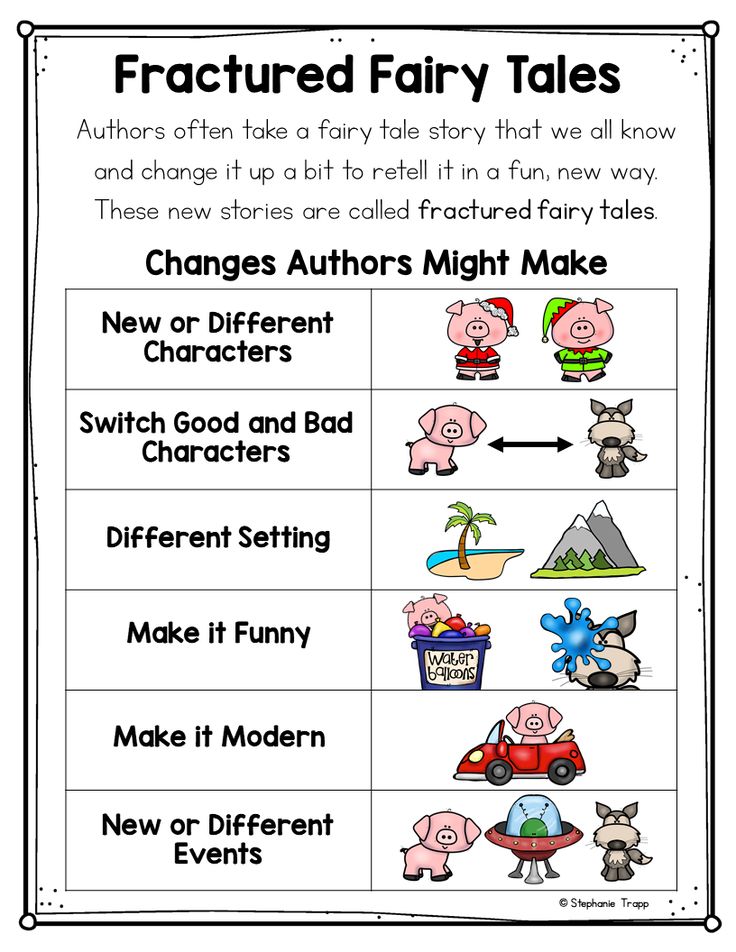 No wonder they say that they learn from fairy tales.
No wonder they say that they learn from fairy tales.
Someone distinguishes 4 types of fairy tales, someone 3 types. 5th grade, 2nd grade.
- The life and work of Alexei Konstantinovich Tolstoy
Alexei Konstantinovich Tolstoy (1817-1875) is one of the most talented Russian prose writers and poets, engaged not only in creative activities, but also in literary translations.
- Diversity of fungi in human life and nature report message
Mushrooms are the most mysterious living creatures on our planet. There are a huge number of species in nature.
- Writer Leonid Leonov. life and creation
Leonid Maksimovich Leonov (1899-1994) refers to the representatives of the literature of the Soviet period of Russian history, who is considered a talented prose writer in the genre of socialist realism.
- Planet Mars - message report
Mars is considered one of those planets that could potentially be inhabited in the future. But what is known about her now? This will now be discussed in detail.
Khokhloma - painting of wooden utensils and furniture, which has become a folk craft. It arose at the beginning of the 18th century in the Nizhny Novgorod region. The fishery got its name thanks to the village of Khokhloma
The fishery got its name thanks to the village of Khokhloma
Funny and sad, scary and funny, they are familiar to us since childhood. Our first ideas about the world, good and evil, about justice are connected with them.
Both children and adults love fairy tales. They inspire writers and poets, composers and artists. Based on fairy tales, performances and films are staged, operas and ballets are created. Fairy tales have come to us from ancient times. They were told by poor wanderers, tailors, retired soldiers.
A fairy tale is one of the main types of oral folk art. Artistic narrative of a fantastic, adventure or everyday nature.
Folk tales are divided into three groups:
Animal tales are the most ancient kind of fairy tale. They have their own circle of heroes.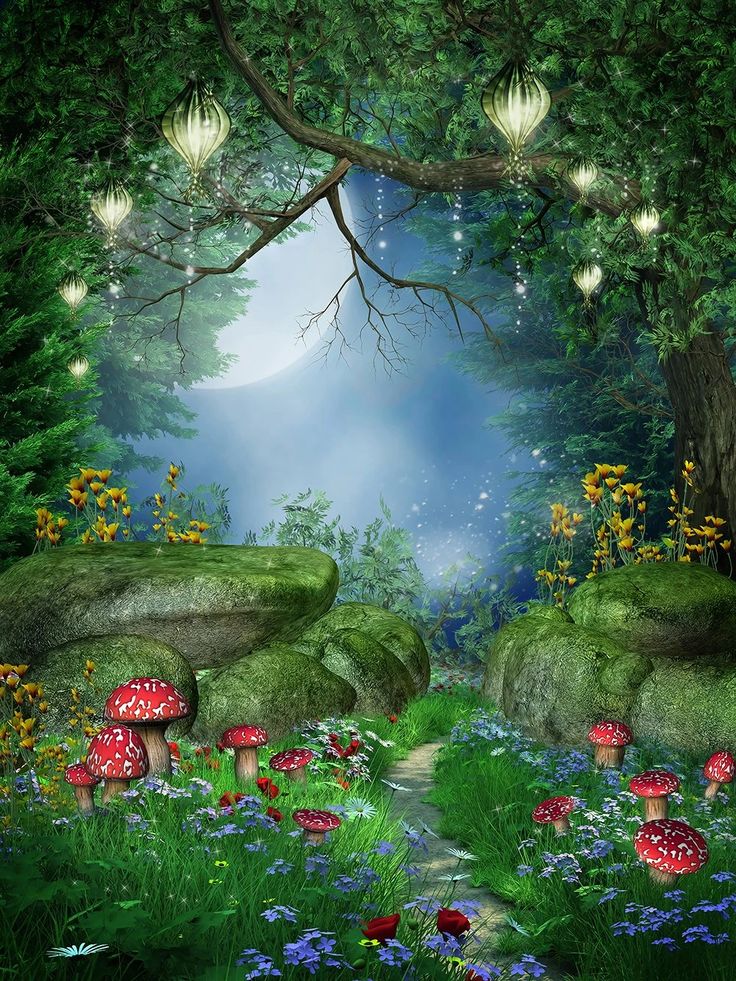 Animals talk and act like people. The fox is always cunning, the wolf is stupid and greedy, the hare is cowardly.
Animals talk and act like people. The fox is always cunning, the wolf is stupid and greedy, the hare is cowardly.
Everyday fairy tales - the heroes of these fairy tales - a peasant, a soldier, a shoemaker - live in the real world and usually fight with a gentleman, priest, general. They win thanks to resourcefulness, intelligence and courage.
Fairy tales - heroes of fairy tales fight to the death, defeat enemies, save friends, facing evil spirits. Most of these tales are connected with the search for a bride or a kidnapped wife.
Tales about animals.
Young children are usually attracted to the world of animals, so they really like fairy tales with animals and birds. In a fairy tale, animals acquire human features - they think, speak, and act. In essence, such images bring the child knowledge about the world of people, not animals.
In this kind of fairy tales there is usually no distinct division of characters into positive and negative ones. Each of them is endowed with any one trait, an inherent feature of his character, which is played out in the plot. So, traditionally the main feature of the fox is cunning, the wolf is greedy and stupid. The bear has a not so unambiguous image, the bear can be evil, but it can also be kind, but at the same time it always remains a klutz. If a person appears in such a fairy tale, then he invariably turns out to be smarter than the fox, and the wolf, and the bear. Animals in a fairy tale observe the principle of hierarchy: everyone recognizes the strongest and the main one. Is it a lion or a bear. They are always at the top of the social ladder. This brings animal tales closer to fables, which is especially evident from the presence in both of them of similar moral conclusions - social and universal.
Each of them is endowed with any one trait, an inherent feature of his character, which is played out in the plot. So, traditionally the main feature of the fox is cunning, the wolf is greedy and stupid. The bear has a not so unambiguous image, the bear can be evil, but it can also be kind, but at the same time it always remains a klutz. If a person appears in such a fairy tale, then he invariably turns out to be smarter than the fox, and the wolf, and the bear. Animals in a fairy tale observe the principle of hierarchy: everyone recognizes the strongest and the main one. Is it a lion or a bear. They are always at the top of the social ladder. This brings animal tales closer to fables, which is especially evident from the presence in both of them of similar moral conclusions - social and universal.
Among animal tales, there are some rather scary ones. The bear eats the old man and the old woman because they cut off his paw. An angry beast with a wooden leg, of course, seems terrible to the kids, but in fact he is the bearer of just retribution.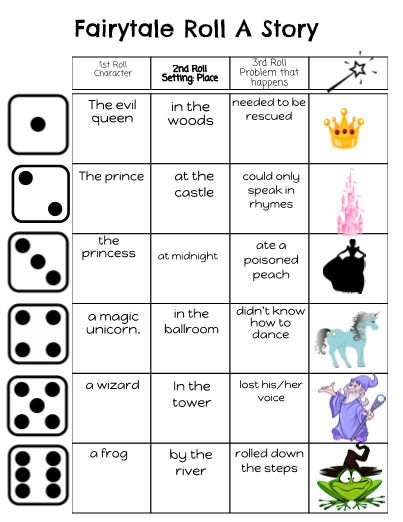 The story gives the child the opportunity to understand a difficult situation.
The story gives the child the opportunity to understand a difficult situation.
Russian folk fairy tales , their features.
This is the most popular and favorite genre among children. Everything that happens in a fairy tale is fantastic and significant in its task: its hero, getting into one or another dangerous situation, saves friends, destroys enemies - he fights not for life, but for death. The danger seems especially strong, terrible because his main opponents are not ordinary people, but representatives of supernatural dark forces: the Serpent Gorynych, Baba Yaga, Koschey the Immortal, etc. By defeating this evil spirits, the hero, as it were, confirms his high human principle, closeness to the light forces of nature. In the struggle, he becomes even stronger and wiser, makes new friends and gets the full right to happiness - to the satisfaction of little listeners.
In the plot of a fairy tale, the main episode is the beginning of the hero's journey for one or another important task. On his long journey, he meets with insidious opponents and magical helpers. Very effective means are at his disposal: a flying carpet, a wonderful ball or mirror, or even a talking animal or bird, a swift horse or wolf. All of them, with some conditions or without them at all, in the blink of an eye fulfill the requests and orders of the hero.
On his long journey, he meets with insidious opponents and magical helpers. Very effective means are at his disposal: a flying carpet, a wonderful ball or mirror, or even a talking animal or bird, a swift horse or wolf. All of them, with some conditions or without them at all, in the blink of an eye fulfill the requests and orders of the hero.
Russian folk social fairy tales, their features.
Everyday (satirical) fairy tale is closest to everyday life and does not even necessarily include miracles. Approval or condemnation is always given in it openly, the assessment is clearly expressed: what is immoral, what is worthy of ridicule, etc. Even when it seems that the characters are just fooling around, amusing the listeners, their every word, every action is filled with significant meaning, connected with important aspects of a person's life.
Regular characters of satirical tales are "simple" poor people. However, they invariably prevail over the "difficult" - rich or noble person.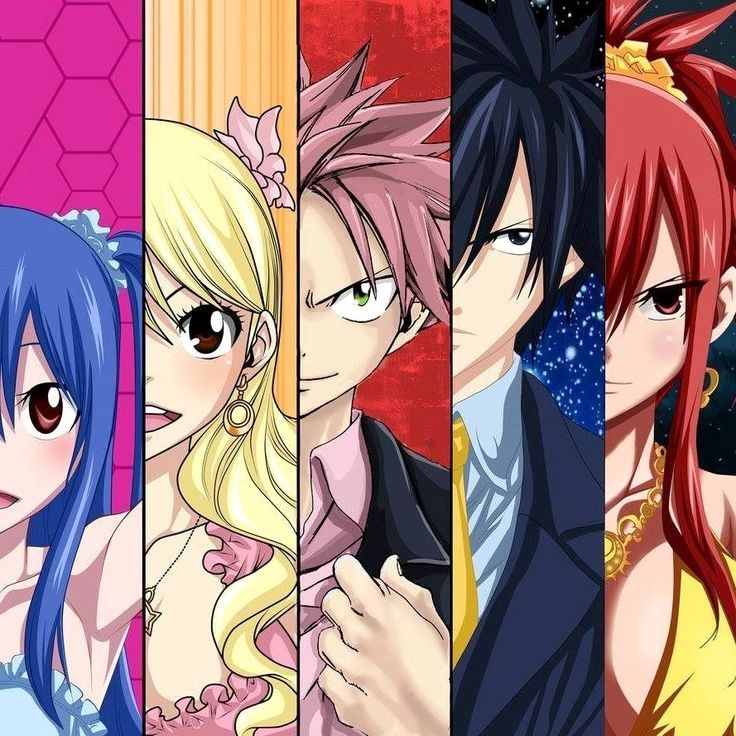 Unlike the heroes of a fairy tale, here the poor achieve the triumph of justice without the help of wonderful helpers - only thanks to intelligence, dexterity, resourcefulness, and even fortunate circumstances.
Unlike the heroes of a fairy tale, here the poor achieve the triumph of justice without the help of wonderful helpers - only thanks to intelligence, dexterity, resourcefulness, and even fortunate circumstances.
Everyday satirical tale for centuries absorbed the characteristic features of the life of the people and their relationship to those in power, in particular to judges and officials.
In everyday fairy tales, animal characters sometimes appear, and perhaps the appearance of such abstract characters as Pravda and Krivda, Woe-Misfortune. The main thing here is not the selection of characters, but a satirical condemnation of human vices and shortcomings.
Sometimes such a specific element of children's folklore as a changeling is introduced into a fairy tale. In this case, a shift in the real meaning arises, prompting the child to the correct arrangement of objects and phenomena. In a fairy tale, the changeling becomes larger, grows up to an episode, and is already part of the content.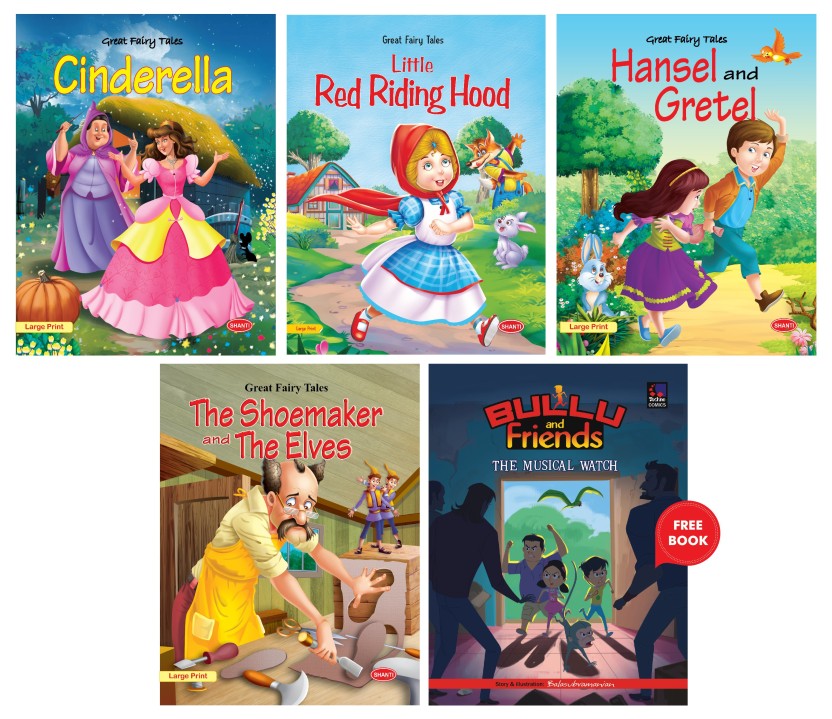 Displacement and exaggeration, hyperbolization of phenomena give the baby the opportunity to both laugh and think.
Displacement and exaggeration, hyperbolization of phenomena give the baby the opportunity to both laugh and think.
A fairy tale is an integral part of childhood. There is hardly a person who, being small, did not listen to many different stories. Having matured, he retells them to his children, who understand them in their own way, drawing in the imagination the images of the acting characters and experiencing the emotions that the fairy tale conveys.
What kind of fairy tales are there? These are the questions we will try to answer next.
Definition
According to the scientific definition in literature, a fairy tale is "an epic literary genre, a story about some magical or adventurous events, which has a clear structure: beginning, middle and ending." From any fairy tale, the reader must learn some lesson, a moral. Depending on the type, the fairy tale also performs other functions. There are many genre classifications.
Main types of fairy tales
What kind of fairy tales are there? Each of us will agree that fairy tales about animals should be singled out as a separate species. The second type is fairy tales. And finally, there are the so-called household tales. All species have their own characteristics, which become clear through their comparative analysis. Let's try to understand each of them in more detail.
The second type is fairy tales. And finally, there are the so-called household tales. All species have their own characteristics, which become clear through their comparative analysis. Let's try to understand each of them in more detail.
What are the stories about animals?
The existence of such stories is quite justified, because animals are creatures that live in close proximity to us. It was this fact that influenced the fact that folk art uses images of animals, and the most diverse ones: both wild and domestic. At the same time, attention should be paid to the fact that the animals found in fairy tales are presented not as typical animals, but as special animals endowed with human features. They live, communicate and behave like real people. Such artistic techniques make it possible to make the image understandable and interesting, while filling it with a certain meaning.
In turn, fairy tales about animals can also be divided into fairy tales involving wild or domestic animals, objects or objects of inanimate nature.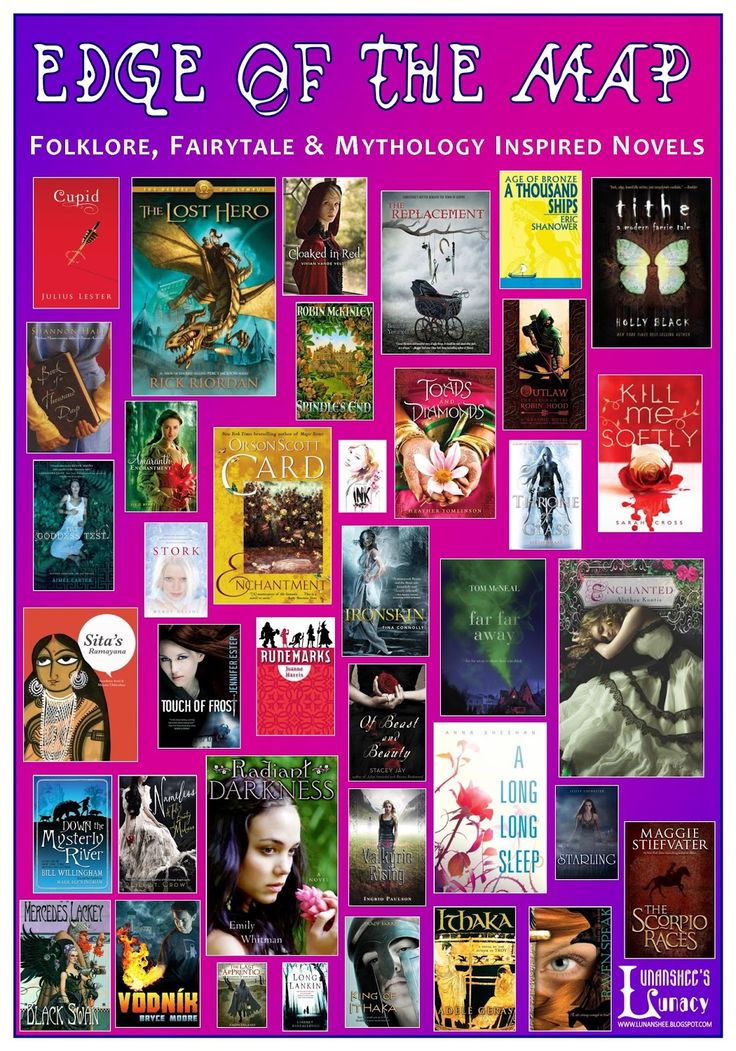 Often literary critics, speaking about what genres of fairy tales are, classify them into magical, cumulative and satirical. Also included in this classification is the genre of the fable. You can divide fairy tales about animals into works for children and for adults. Often in a fairy tale there is a person who can play a dominant or secondary role.
Often literary critics, speaking about what genres of fairy tales are, classify them into magical, cumulative and satirical. Also included in this classification is the genre of the fable. You can divide fairy tales about animals into works for children and for adults. Often in a fairy tale there is a person who can play a dominant or secondary role.
Children are usually introduced to animal tales at the age of three to six. They are most understandable to young readers, as they meet with constant characters: a cunning fox, a cowardly hare, a gray wolf, a smart cat, and so on. As a rule, the main feature of each animal is its characteristic feature.
What are the constructions of a fairy tale about animals? The answer is very different. Cumulative fairy tales, for example, are selected according to the principle of plot connection, where the same characters meet, just in different circumstances. Often stories have names in a diminutive form (Fox-Sister, Bunny-Runner, Frog-Quakushka, and so on).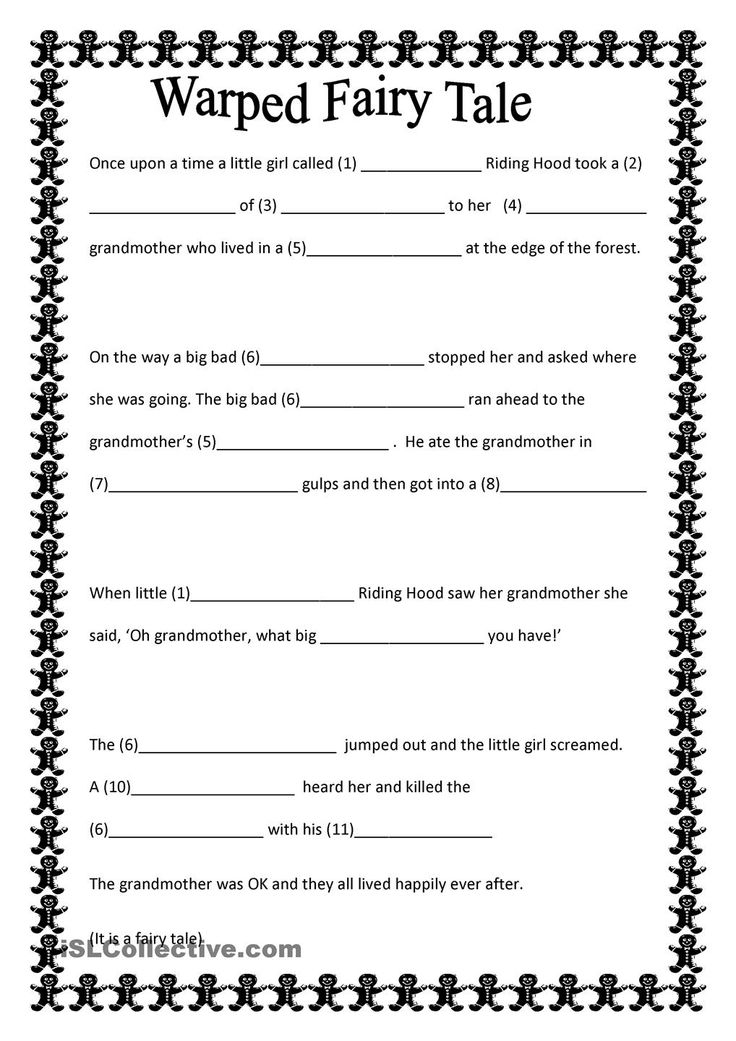
The second kind - a fairy tale
What are literary fairy tales about magic? The main characteristic feature of this species is the magical, fantastic world in which the main characters live and act. The laws of this world are different from the usual, everything is not as it really is, which attracts young readers and makes this type of fairy tale undoubtedly the most beloved among children. The magical surroundings and plot allow the author to use all his imagination and use as many appropriate artistic techniques as possible, in order to create a work specifically for a children's audience. It is no secret that children's imagination is limitless, and it is very, very difficult to satisfy it.
In most cases, this type of fairy tale has a typical plot, certain characters and a happy ending. What are fairy tales about magic? These can be stories about heroes and fantastic creatures, tales of unusual objects and various trials that are overcome thanks to magic. As a rule, in the finale, the characters get married and live happily ever after.
As a rule, in the finale, the characters get married and live happily ever after.
It should be noted that the heroes of fairy tales embody many. Among the main themes of this literary genre are the struggle between good and evil, the struggle for love, truth and other ideals. It must be present which will be defeated in the final. The structure of the fairy tale is the usual - the beginning, the main part and the ending.
Everyday fairy tales
Such stories tell about the events of everyday life, highlighting various social problems and human characters. In them, the author ridicules negative ones. Such tales are social and satirical, with elements of a fairy tale, and many others. Here, the negative qualities of the rich and vain people are ridiculed, while the representatives of the people embody positive traits. Everyday fairy tales show that the main thing is not money and strength, but kindness, honesty and intelligence. Literary critics claim - and this is a fact - that they were written at a time when people were going through social crises and were striving to change the structure of society.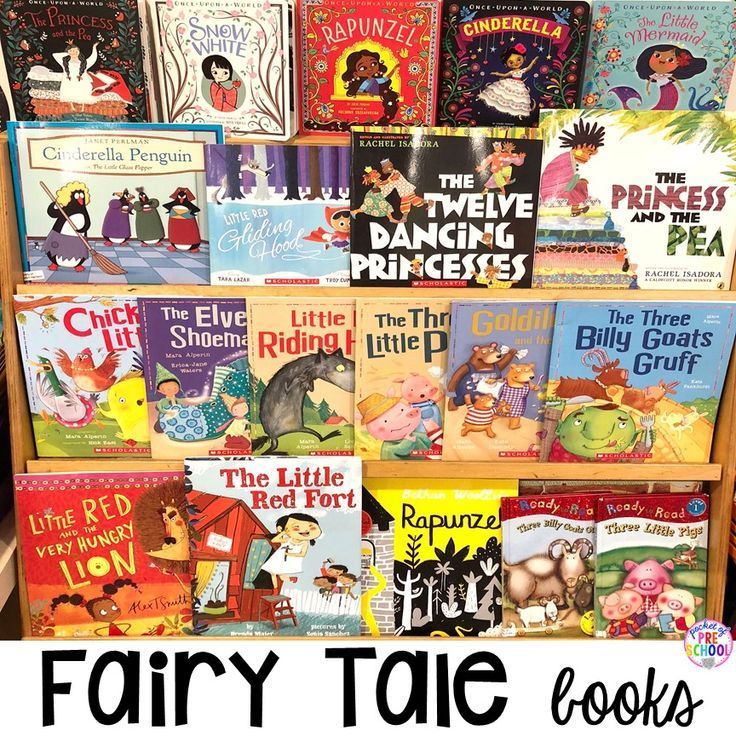 Among the popular artistic techniques, satire, humor, and laughter stand out here.
Among the popular artistic techniques, satire, humor, and laughter stand out here.
What types of fairy tales are there?
In addition to the above classification, fairy tales are also divided into author's and folk. Already from the names it is clear that author's are fairy tales that were written by a specific well-known storyteller, and folk are those that do not have one author. Folk tales are passed from mouth to mouth from generation to generation, and the original author is no one. Let's consider each of the types separately.
Folk tales
Folk tales are considered to be a powerful source of historical facts, information about the life and social system of a certain people. Each of the peoples in their history has come up with a huge number of instructive stories for adults and children, passing on their experience and wisdom to the next generations.
Folk tales reflect human relations and changing moral principles, show that the basic values remain unchanged, teach to draw a clear line between good and evil, joy and sorrow, love and hate, truth and falsehood.
A feature of folk tales is that the deepest social meaning is hidden in a simple and easy to read text. In addition, they preserve the richness of the vernacular. What folk tales are there? They can be both magical and household. Many folk tales tell about animals.
The question often arises of when the first Russian folk tale was invented. This will surely remain a mystery, and one can only speculate. It is believed that the first "heroes" of fairy tales were natural phenomena - the Sun, the Moon, the Earth, and so on. Later, they began to obey man, and images of people and animals entered the tales. There is an assumption that all Russian folk narratives have a real basis. In other words, some event was retold in the form of a fairy tale, changed over the centuries and came to us in the form to which we are accustomed. What are Russian folk tales, figured out. It's time to talk about fairy tales whose authors are well known to readers.
Author's fairy tales
Usually a work of authorship is a subjective adaptation of a folk story, but new stories are also quite common.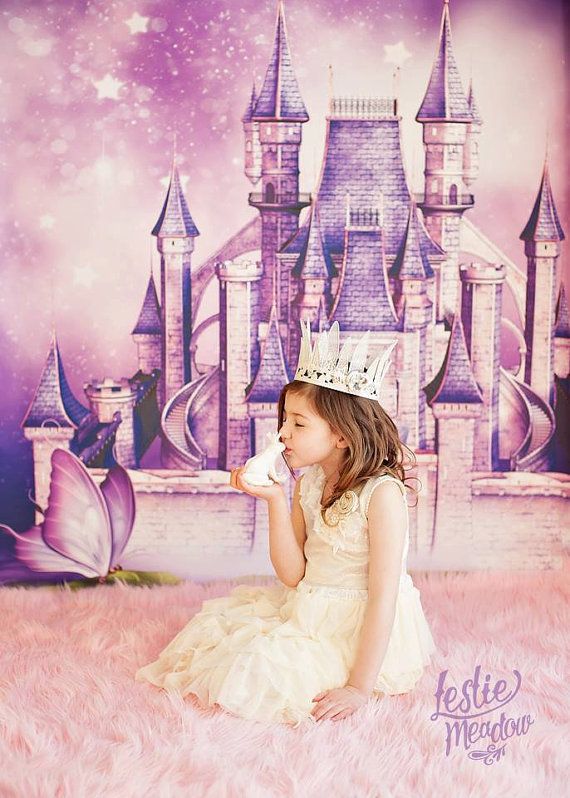 The characteristic features of the author's fairy tale are psychologism, sublime speech, vivid characters, the use of fairy tale clichés.
The characteristic features of the author's fairy tale are psychologism, sublime speech, vivid characters, the use of fairy tale clichés.
Another feature of this genre is that it can be read at different levels. Thus, the same story is perceived differently by representatives of different age groups. Charles Perrault's children's tales seem to a child an innocent story, while an adult will find serious problems and morals in them. Often, books that are originally aimed at a young reader are interpreted by adults in their own way, just as fantasy stories for adults are to the taste of children.
Who are the authors of fairy tales? Surely everyone has heard of "The Tales of My Mother Goose" by Charles Perrault, the tales of the Italian Gozzi, the works of the German writer of the Brothers Grimm and the Danish storyteller Hans Christian Andersen. We must not forget about the Russian poet Alexander Pushkin! Their stories are adored by children and adults around the world.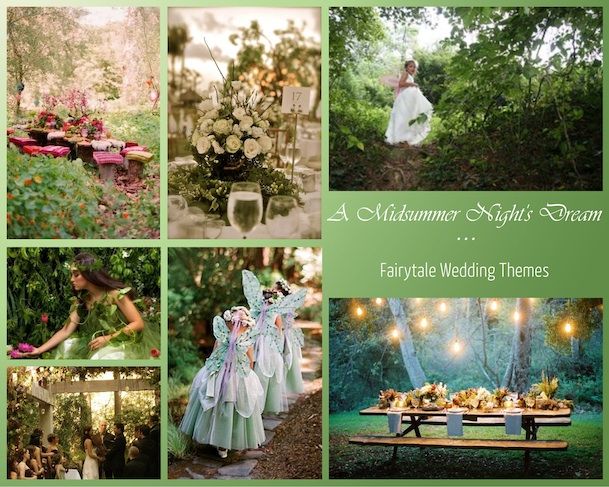 Entire generations grow up on these fairy tales. At the same time, all author's works are interesting from the point of view of literary criticism, they all fall under a certain classification, have their own artistic features and author's techniques. According to the most famous and beloved fairy tales, films and cartoons are made.
Entire generations grow up on these fairy tales. At the same time, all author's works are interesting from the point of view of literary criticism, they all fall under a certain classification, have their own artistic features and author's techniques. According to the most famous and beloved fairy tales, films and cartoons are made.
Conclusion
So, we figured out what fairy tales are. Whatever the fairy tale is - author's, folk, social, magical or telling about animals - it will definitely teach the reader something. The most interesting thing is that it does not matter at all who reads the story. Both adults and children will definitely learn something useful from it. The fairy tale will make everyone think, convey the wisdom of the people (or the author) and leave an indelible good impression in the minds of readers. The effect is by no means exaggerated. There are even so-called therapeutic fairy tales that can re-educate and wean from a variety of bad habits!
List of fairy tales with educational topics « Papa Karp
This section is made for those adults who want to know in advance what mathematical topics are contained in certain fairy tales.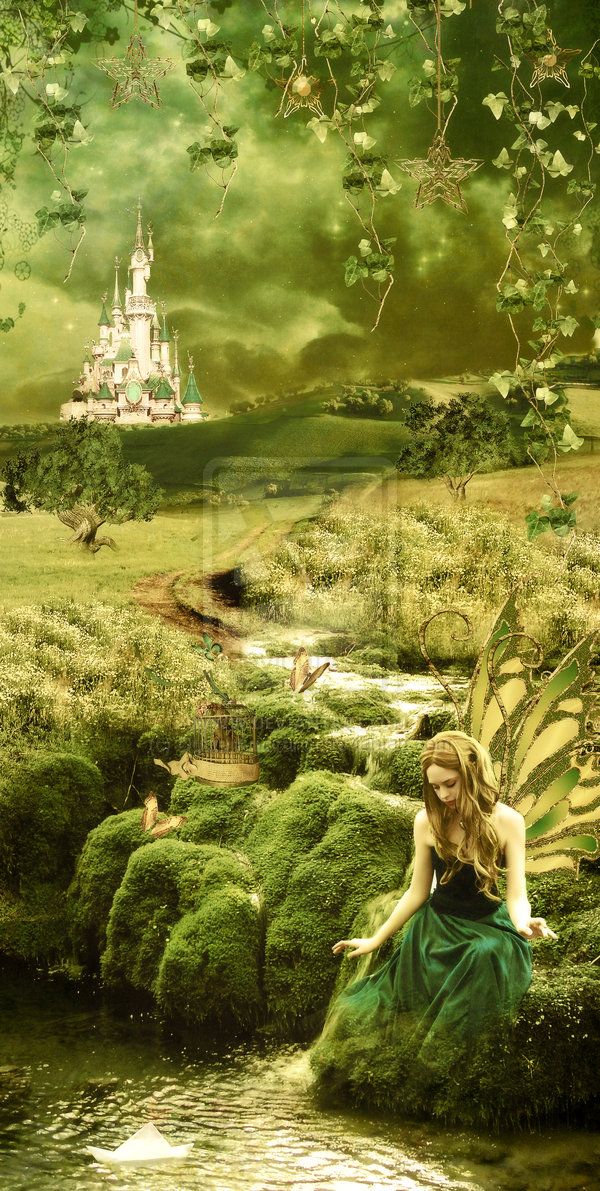
Well, as a rule, it is more interesting for a child not to know this in advance. For children, the main thing is magical unusual adventures. However, if a fairy tale is liked, then her child will want to read or listen to it many times, and therefore will still be aware of the mathematical content of each story in advance.
The content of fairy tales about the multiplication table is not indicated here, since it is already clear what each series of stories is about.
* * *
Simple Stories about Smart Animals
Little Mouse learns to count backwards from 10 to 1: learning how to count backwards from 10 to 1.
Grasshopper, mouse, hamster and number axis: the very beginning of the concept of the number axis.
Jumping on the number axis: addition and subtraction as moving right or left on the number axis.
Fifty foxes cross the river: adding and subtracting numbers by tens within 50.
The girl and the wild Perimeter: an initial concept of the perimeter of a geometric figure.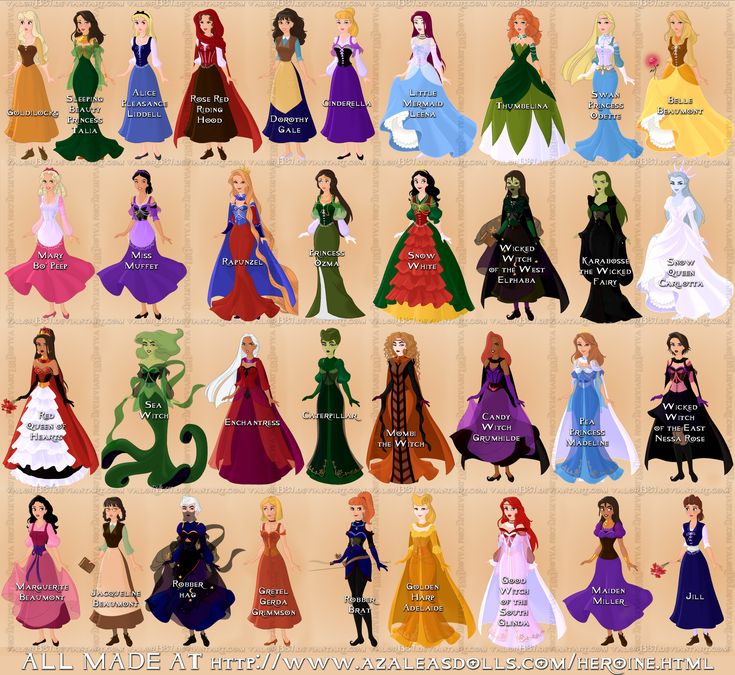
The Girl and the Home Perimeter: An initial idea of the perimeter of a rectangle.
Offended bunny: addition within the second ten (that is, from 11 to 20).
Cartesian Bunny: An initial representation of Cartesian Coordinates (positive numbers only).
A bunny and a squirrel save the forest: an initial introduction to the use of rectangular coordinates on geographical maps.
* * *
Adventures of a little hedgehog
The first story about the hedgehog and the math fairy: studying the composition of the numbers 2, 3, 4, 5.
The second story about the hedgehog and the math fairy: studying the composition of the numbers 6 and 7.
The third story about the hedgehog and the math fairy: studying the composition of the number 8.
The fourth story about the hedgehog and the math fairy: studying the composition of the number 9.
The fifth story of the hedgehog and the math fairy: learning about the composition of the number 10.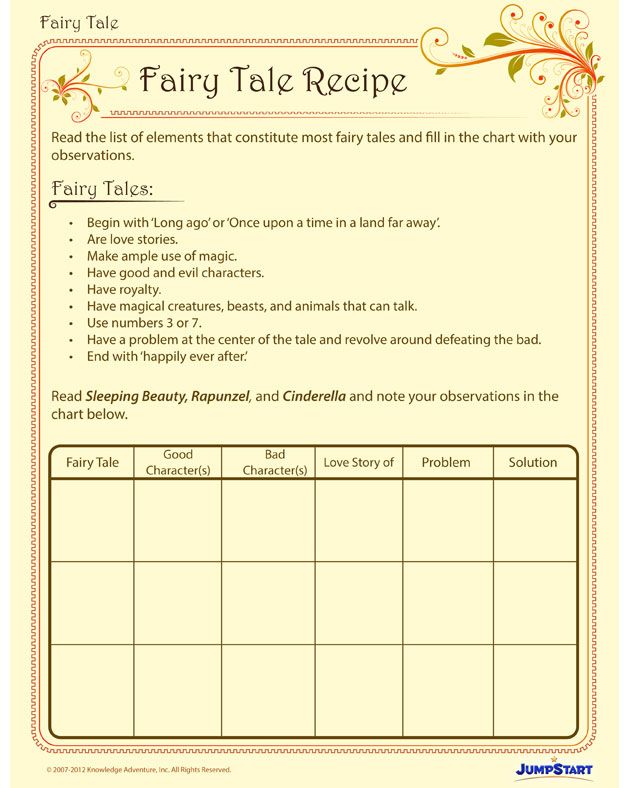
The sixth story of the hedgehog and the math fairy: summarizing the topic “Composition of numbers from 2 to 10” and applying this knowledge to solve subtraction problems.
The hedgehog and the purple monster: how the numbers of the second ten (that is, from 11 to 20) are arranged.
A difficult task for a hedgehog: how the numbers of the second ten (that is, from 11 to 20) and the countdown from 20 to 11 and even up to 10 are arranged. also the occasional use of some “future” mathematical terms (algebra, trigonometry, logarithms, quadratic equations).
* * *
Stories about Kasya the cat
Kasya the cat and the birds on the branch: simple addition and subtraction within 20.
Kasya the cat and snowflakes: addition within 20.
Kasya the cat and the stars in the sky: simple addition within 20.
Kasia the cat and the monkey are raging in the apartment: the image of a chain of numbers from 0 to 100 and beyond - as a help for solving mathematical problems.
Monkey Fenya and cat Kasya tame the brownie: the concept of numbers located in a numerical chain between two given two-digit numbers.
Monkey Fenya and cat Kasia on the planet of potatoes: dividing a two-digit number in half.
Kasia the cat and a dozen scoundrels: doubling the two-digit number.
Kasia the cat and the thunderstorm: calculation of the distance to lightning by the delay of the sound of thunder (counting in triplets up to 15).
Kasia the cat is basking in the sun: finding an unknown term (two-digit numbers with zeros at the end).
Kasia works as a wake-up cat: a very basic idea of how to tell the time by a clock with hands, adding numbers within the first ten.
Brownie composes a poem about the cat Kasya: addition within 21.
* * *
Magic and mathematics
Magic cup: learning to count in tens from 10 to 100.
Crocodiles and magic rock: names of numbers in examples subtraction.
Crocodiles and a magical underwater cave: names of numbers in addition examples.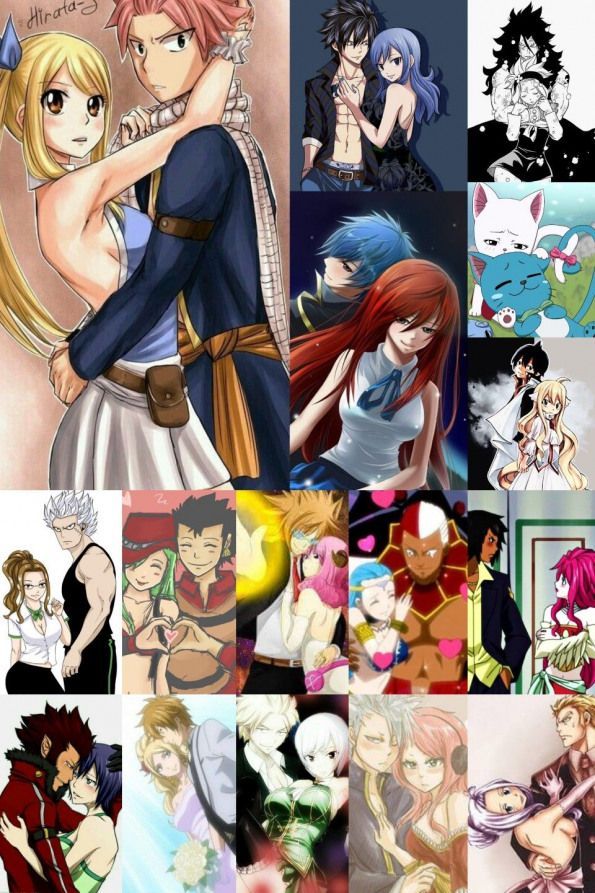
Crocodiles and magic mist: the notion that addition and subtraction are reciprocal operations.
What ghosts cannot do: the commutative law of addition on the simplest examples.
Girl, ghosts and mummy in the labyrinth: the principle of numbering two-digit and three-digit numbers.
Haunted house tour: work of the commutative law of addition in examples where three or more numbers are added.
Haunted Ezhovaya Gora: addition and subtraction of two-digit numbers with zeros at the end.
Behemoth's Magic Question: Ability to divide 100 into 4 equal parts.
Camel's birthday: adding two-digit numbers ending in 0 or 5.
Camel becomes an artist: finding an unknown term (two-digit numbers), adding and subtracting two-digit numbers ending in zeros, bisecting the number 60.
* * *
Sea adventure with addition and subtraction
Mysterious Kukumau fish: addition of two-digit numbers with zeros at the end.
Kukumya and octopuses: addition of three-digit numbers with two zeros at the end.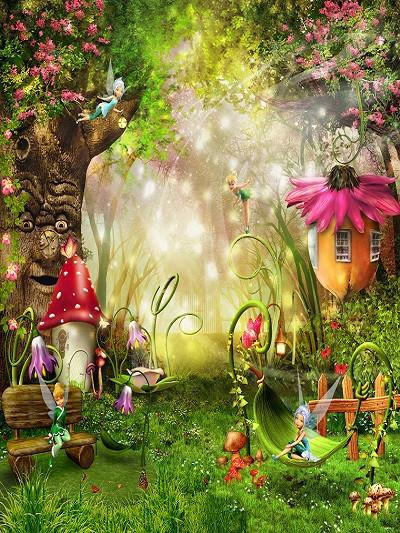
Kukumau fish and ball fish dig a chest: subtraction of three-digit numbers with two zeros at the end.
Kukumau fish brings up a sea troll: subtraction of two-digit numbers with zeros on the end.
The sea troll solves the problem in the sand: a method of grouping terms to simplify the solution of long addition problems.
Battle in the deep sea: adding two-digit numbers ending in 0 or 5, within 120.
Behemoth becomes itself: the principle of adding three-digit numbers.
* * *
Magic number 60
Baba Yaga and honey: solution of a riddle based on measurements 60 : 2 = 30; 30 : 2 = 15; 15 : 3 = 5.
Crocodile and flowers: case study 60 : 5 = 12.
Bear silence: case study 60 : 3 = 20.
Frying pan, dragon and underground tunnel: case study 60 : 4 = 15.
Purple hippo on the loose: case study 60 : 10 = 6.
Smart hedgehog night walk: case study 60 : 6 = 10.
Mouse and dragon: analysis of example 60 : 15 = 4.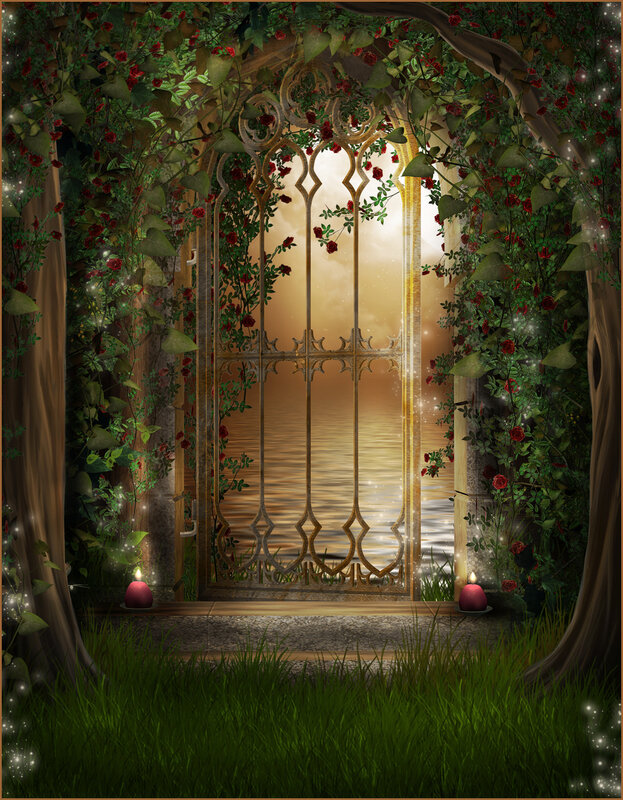
Ancient library: analysis of example 60 : 12 = 5.
Rabbit magician: analysis of example 60 : 20 = 3.
Mymra magic: analysis of example 60 : 30 = 2.
The dragon breaks into the library: the number 60 just occurs in a fairy tale.
The discovery of the mouse: an explanation of the main magical property of the number 60 and repetition of examples 60: 2 = 30; 60 : 3 = 20; 60 : 4 = 15; 60 : 5 = 12; 60 : 6 = 10; 60 : 10 = 6; 60 : 12 = 5; 60 : 15 = 4; 60 : 20 = 3; 60 : 30 = 2.
Hours and minutes: there are 60 minutes in an hour, 60 seconds in a minute, half an hour is 30 minutes, a quarter of an hour is 15 minutes, a half minute is 30 seconds, a quarter of a minute is 15 seconds.
Garlands, balls and squares: repetition of examples 60 = 30 + 30; 60 = 20 + 20 + 20; 60 = 15 + 15 + 15 + 15; 60 = 12 + 12 + 12 + 12 + 12; 60 = 10+10+10+10+10+10 objects).
Subtraction without raisins: solution of example 53 - 28 (analysis of the principle of solving similar examples).
Book maze: solution of example 48 - 23.
Spider and bug: solution of examples for addition of two-digit numbers (39 + 44; 83 + 14; 56 + 36).
Autumn leaves: analysis of the composition of the number 100 by tens; solving examples for finding the unknown part of the number 100 (36 + 64; 45 + 55; 78 + 22; 75 + 25).
In the metro and in the theater: solving examples 79 - 18 = 61 and 79 + 54 = 133.
The titmouse equation: an overview of what equations are and what they are used for; drawing up and solving equation 35 + x = 95.
Swing and wheel: analysis of how many hours a day, 2 days, 3 days, 4 days, 5 days contain; solution of examples 24 + 24; 48 + 24; 72 + 24; 96 + 24.
Autumn rain: solution for example 83 - 46.
Tail wash: solution for a two-step problem where you first add 14 + 26, and then subtract this result from 59.
School fun: solution for an example 67 - 18 with a check of the result by addition.
Watermelon ball: solving a problem in two steps; first subtract 52 - 15, and then add 52 + 37.